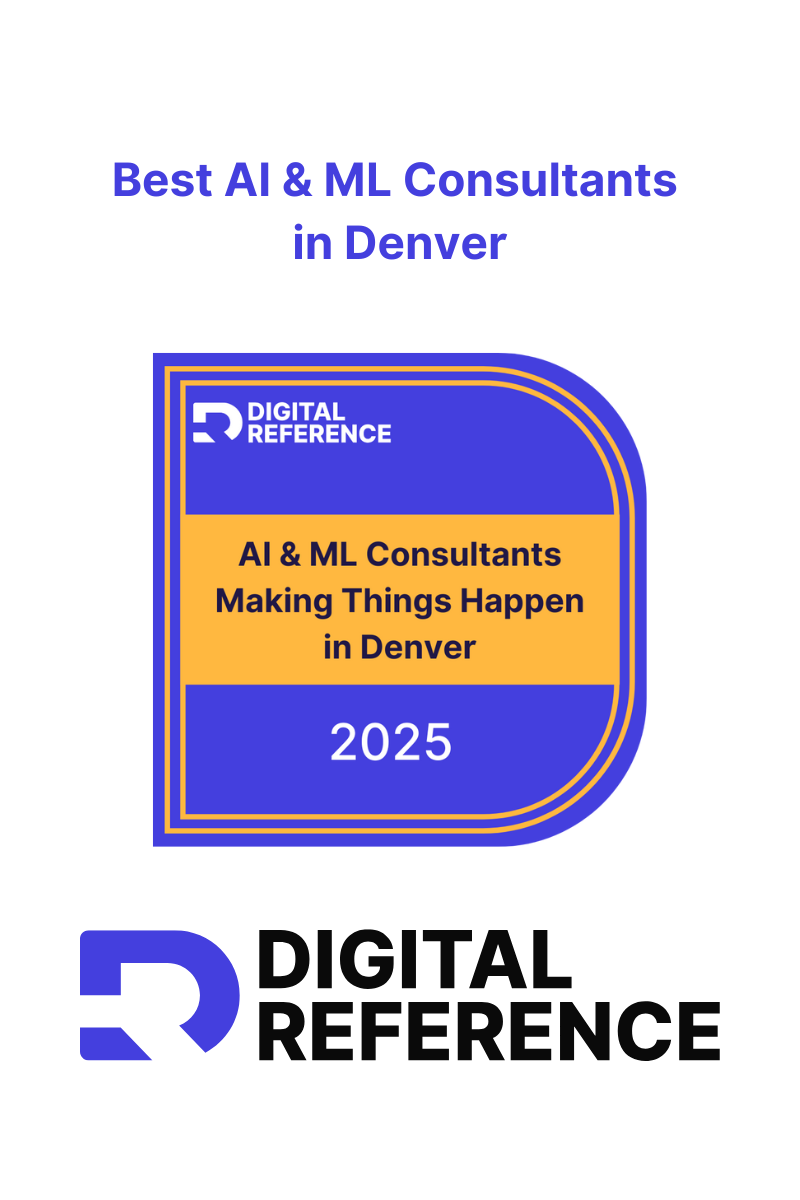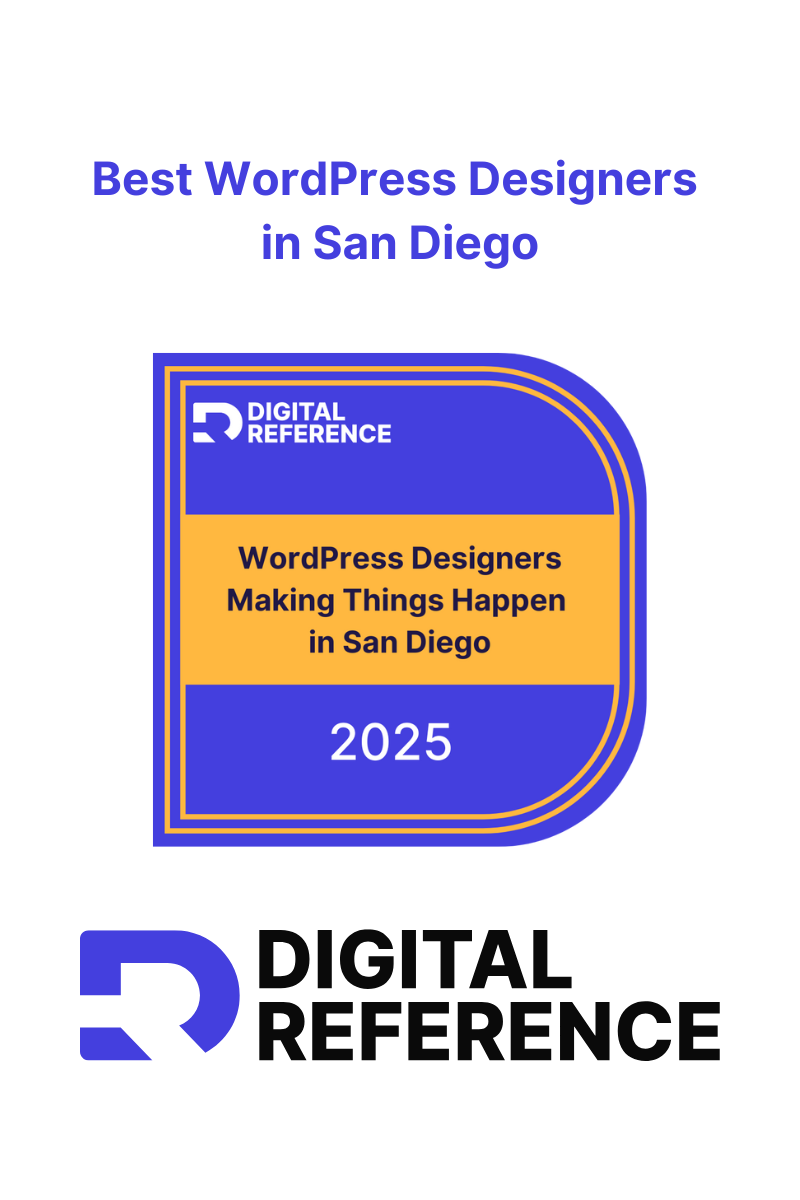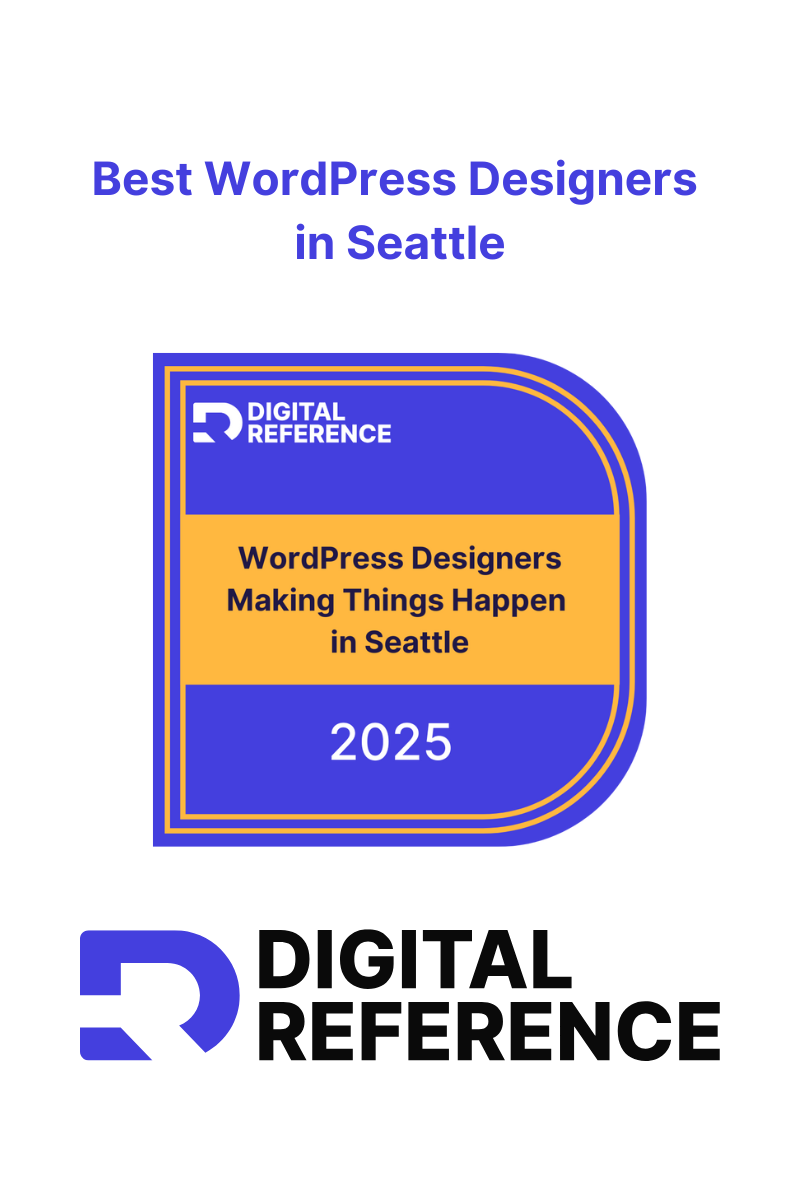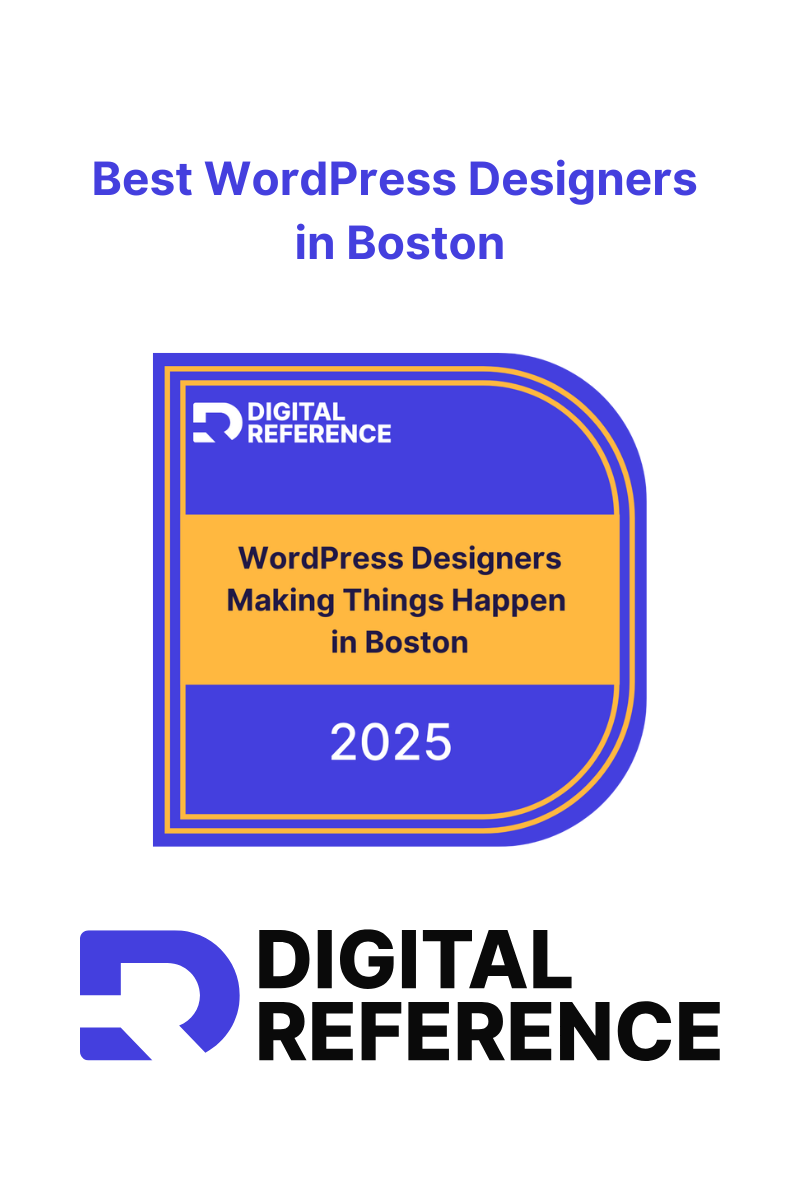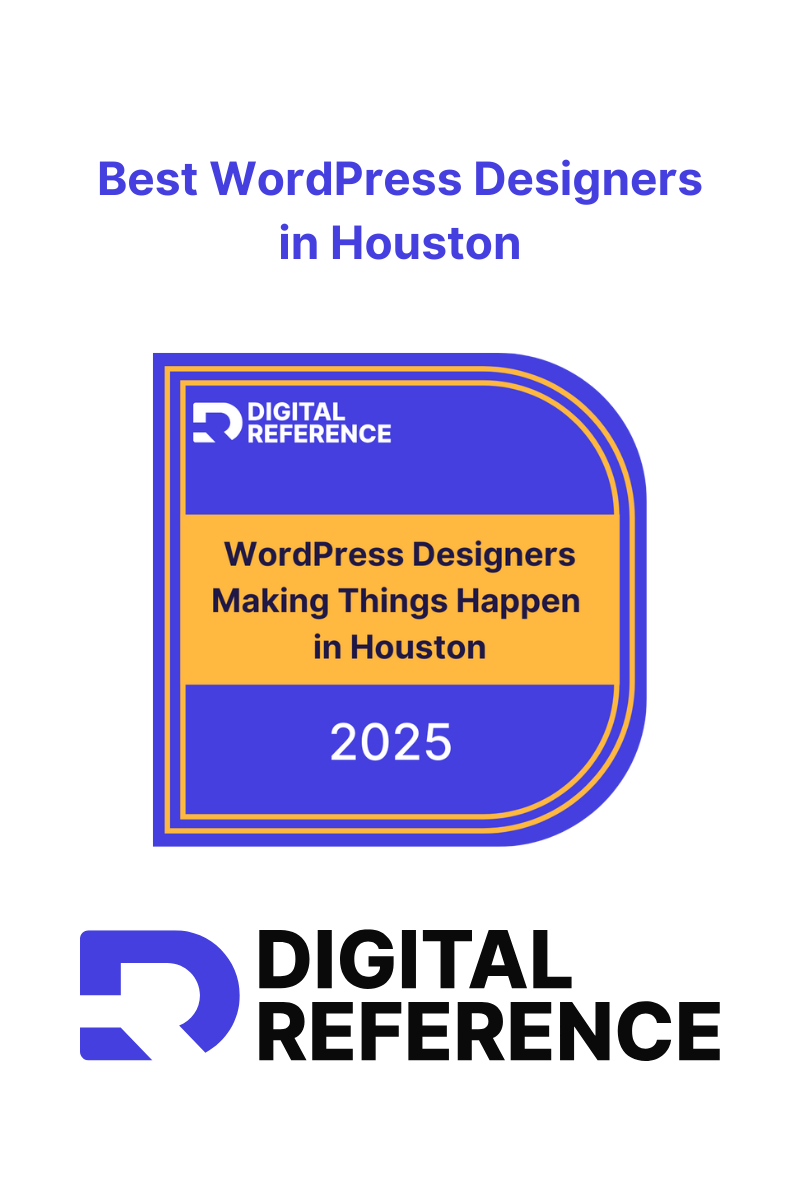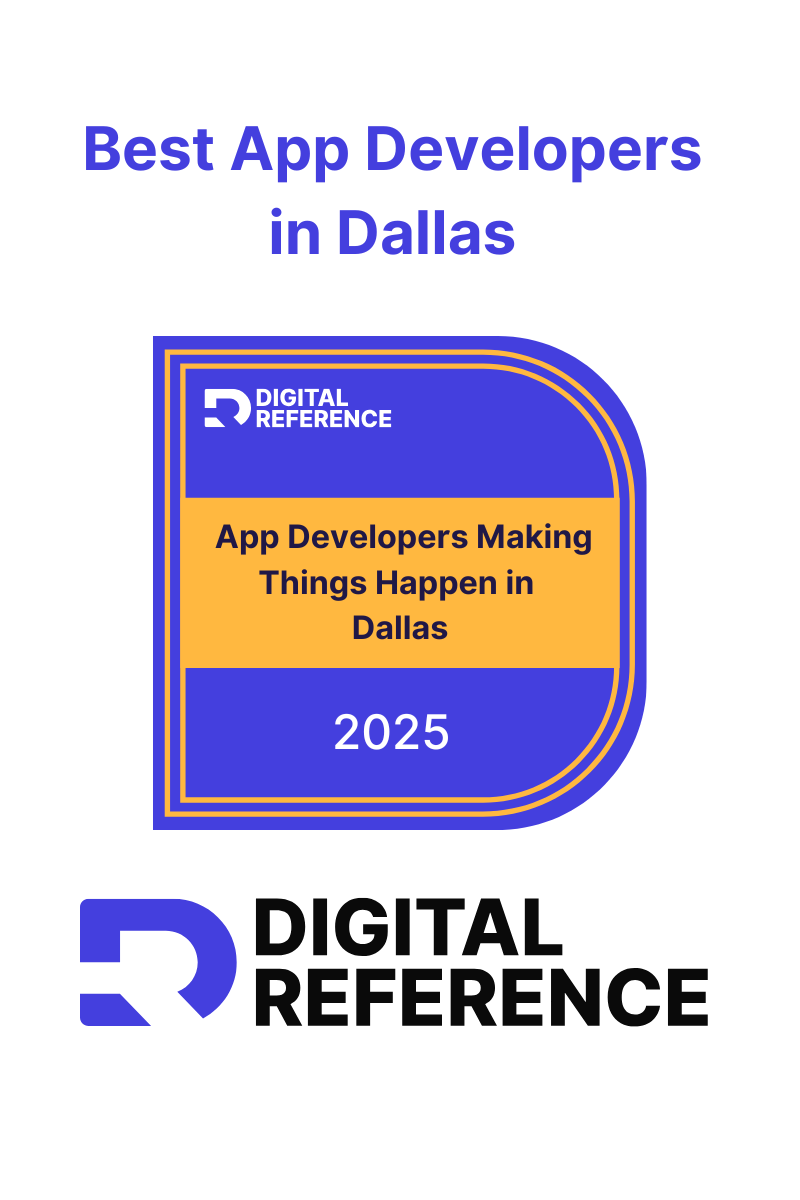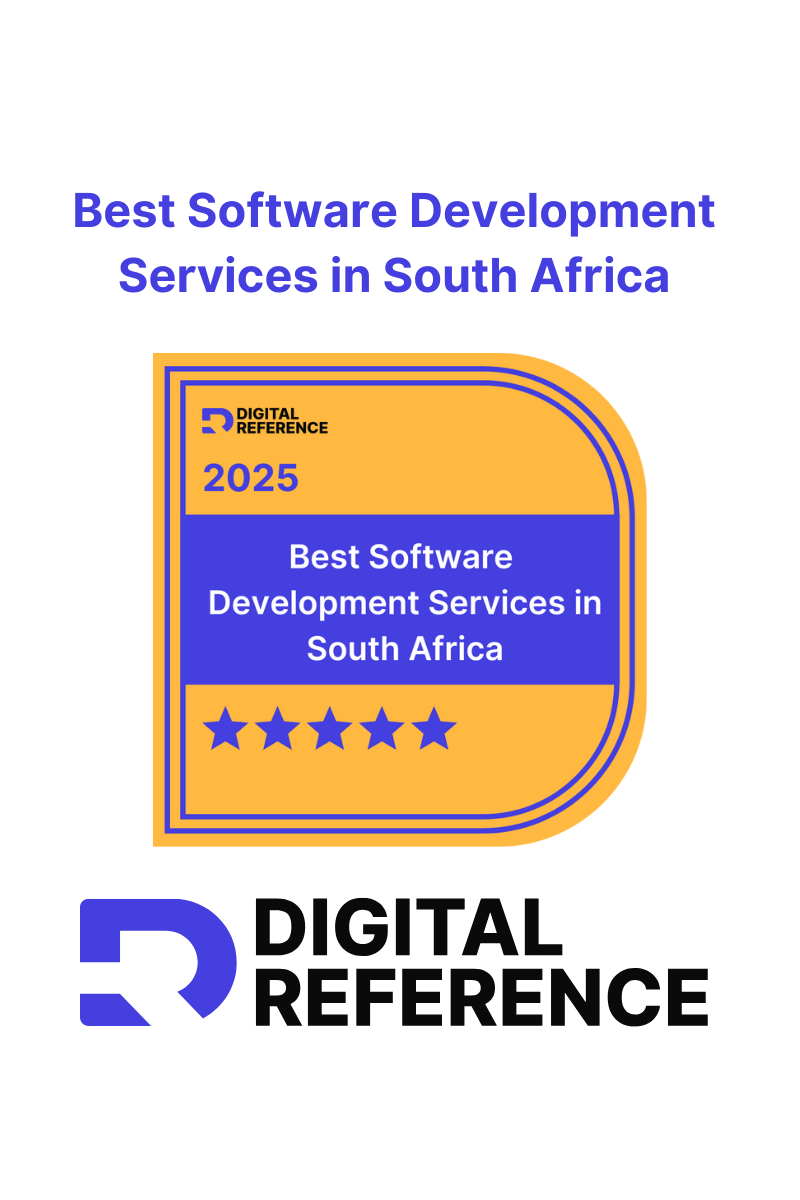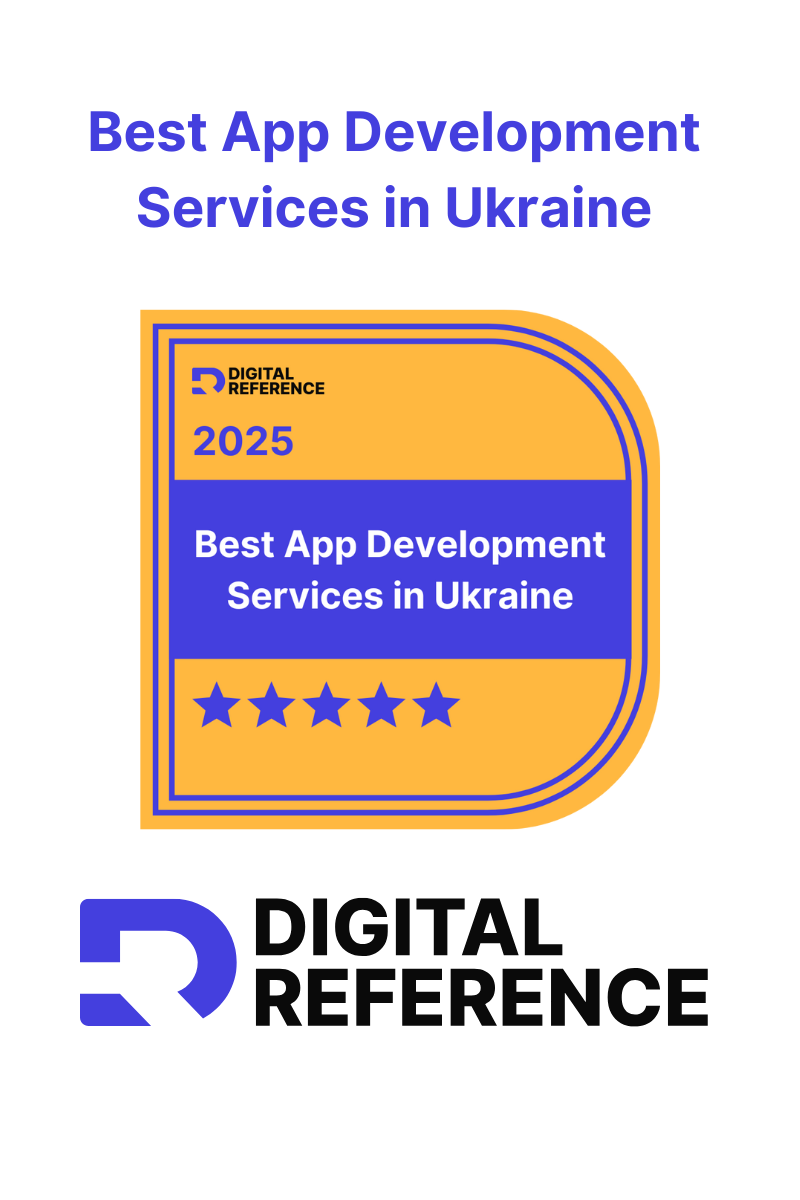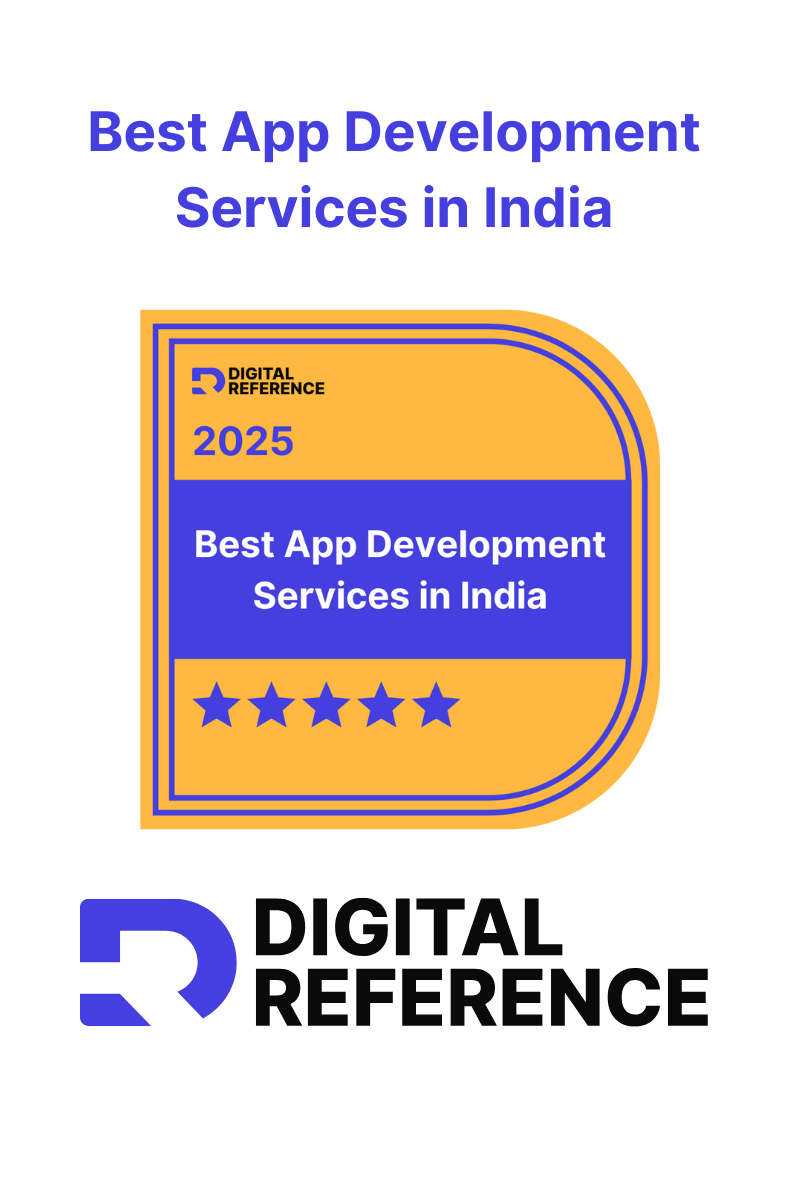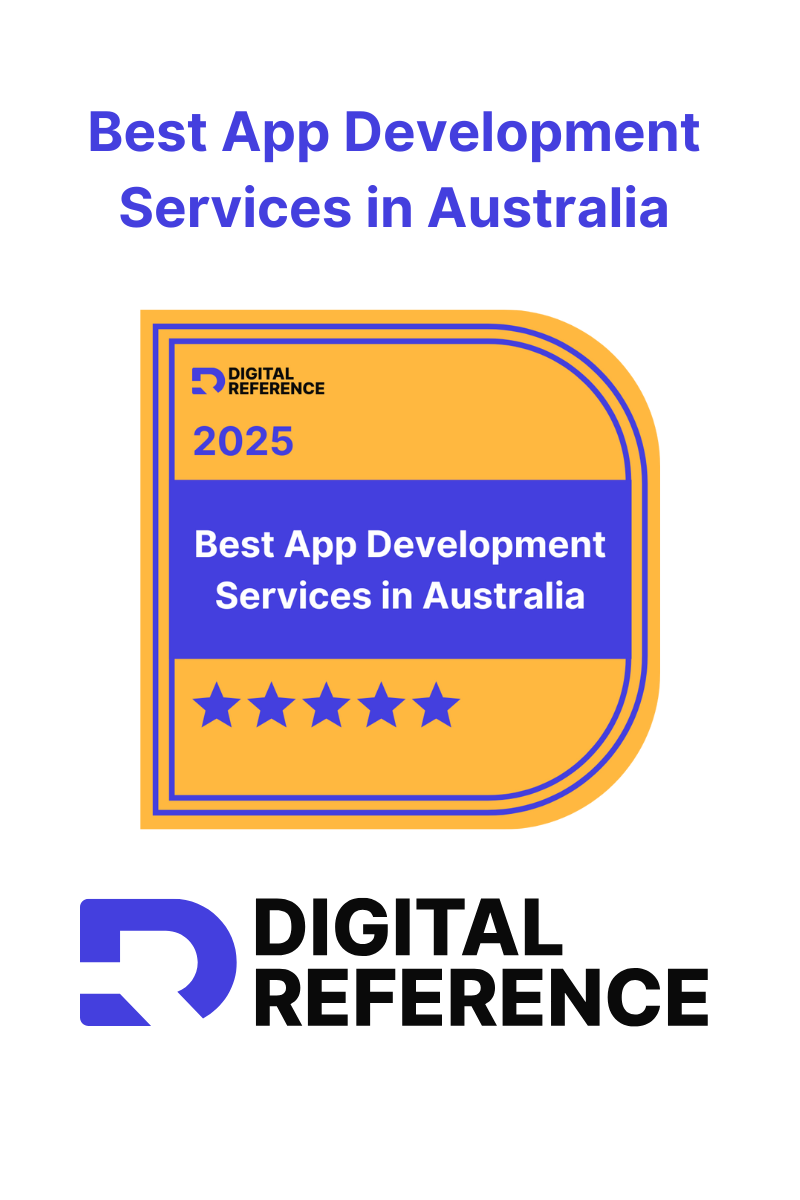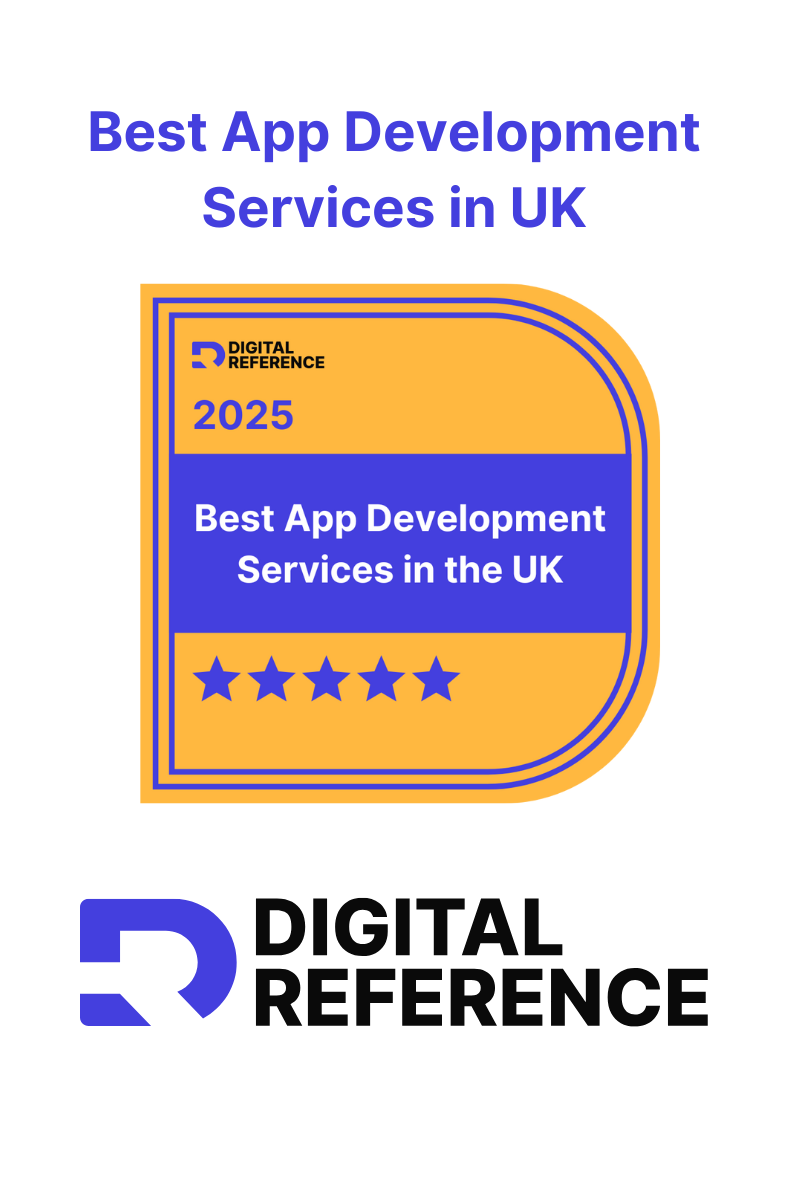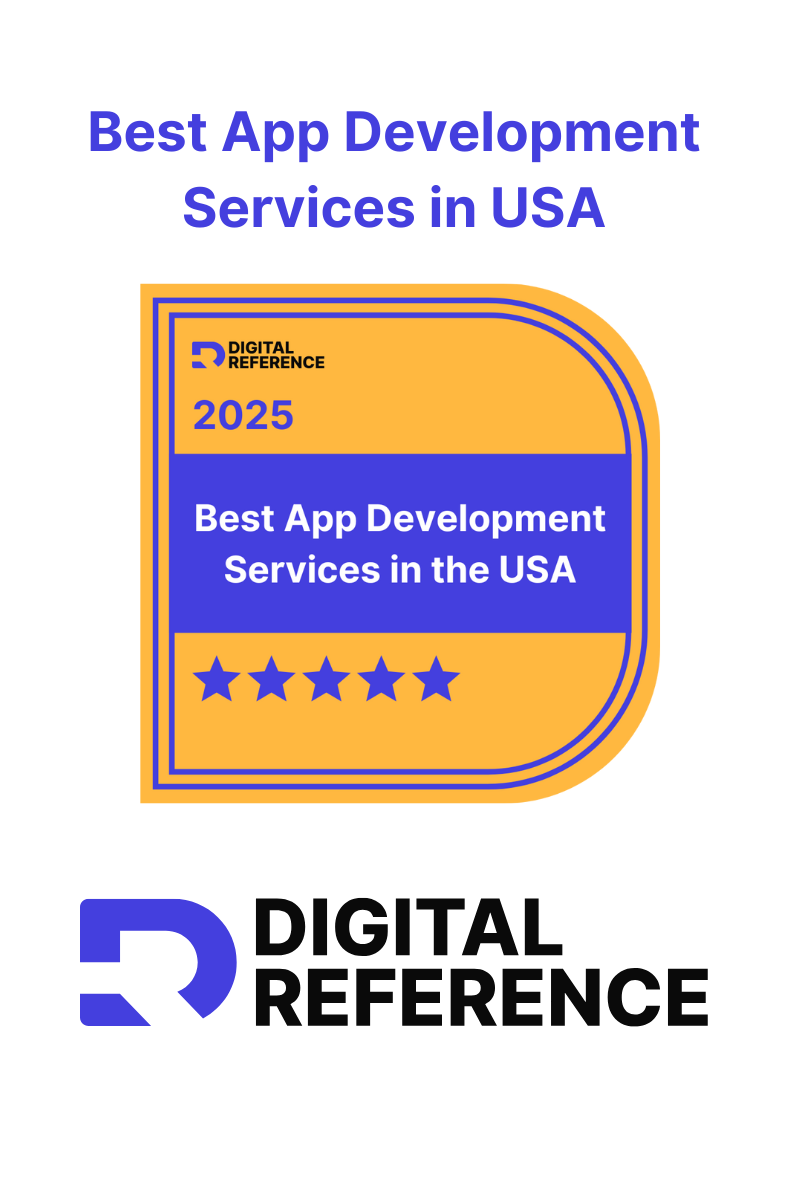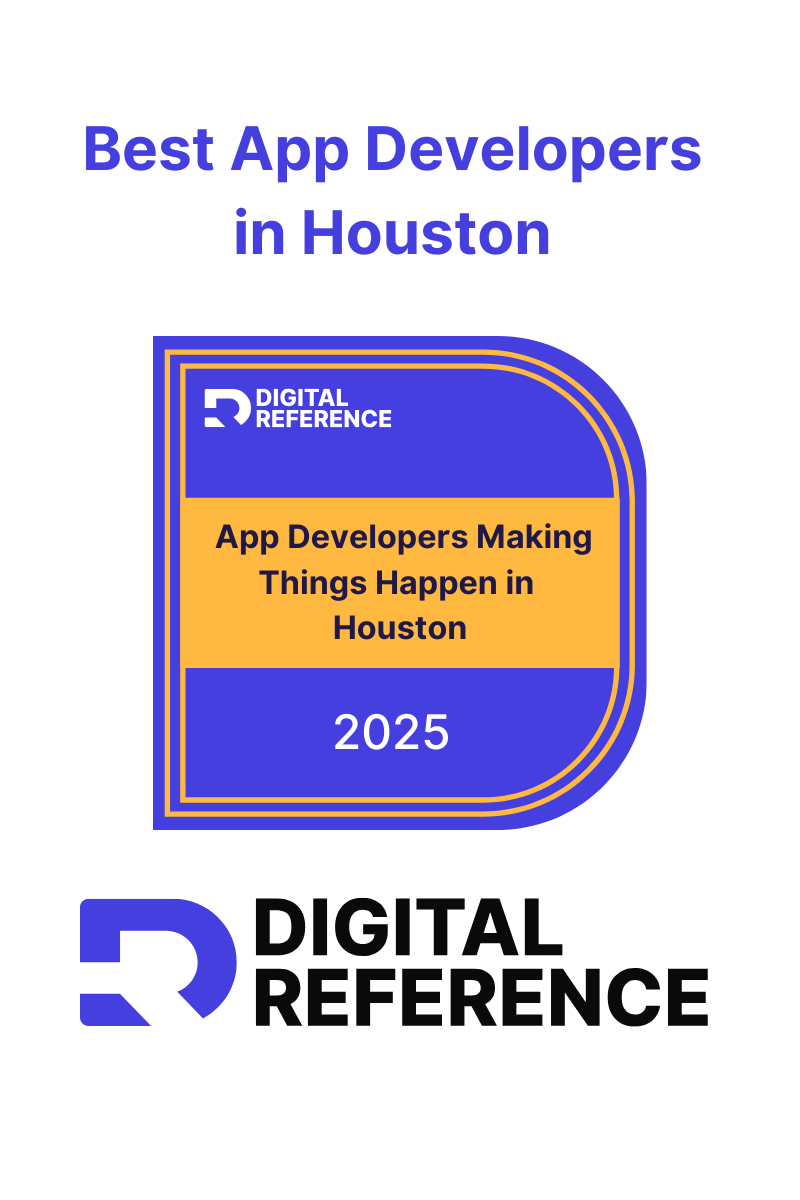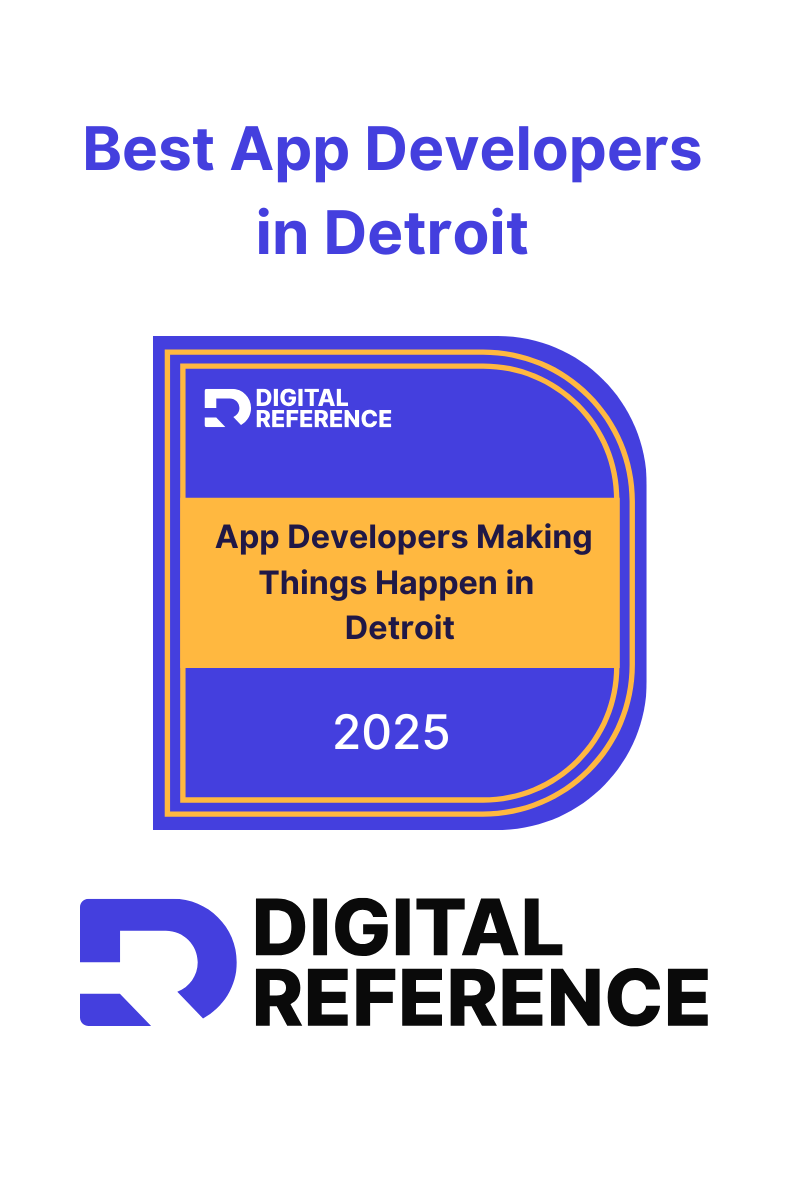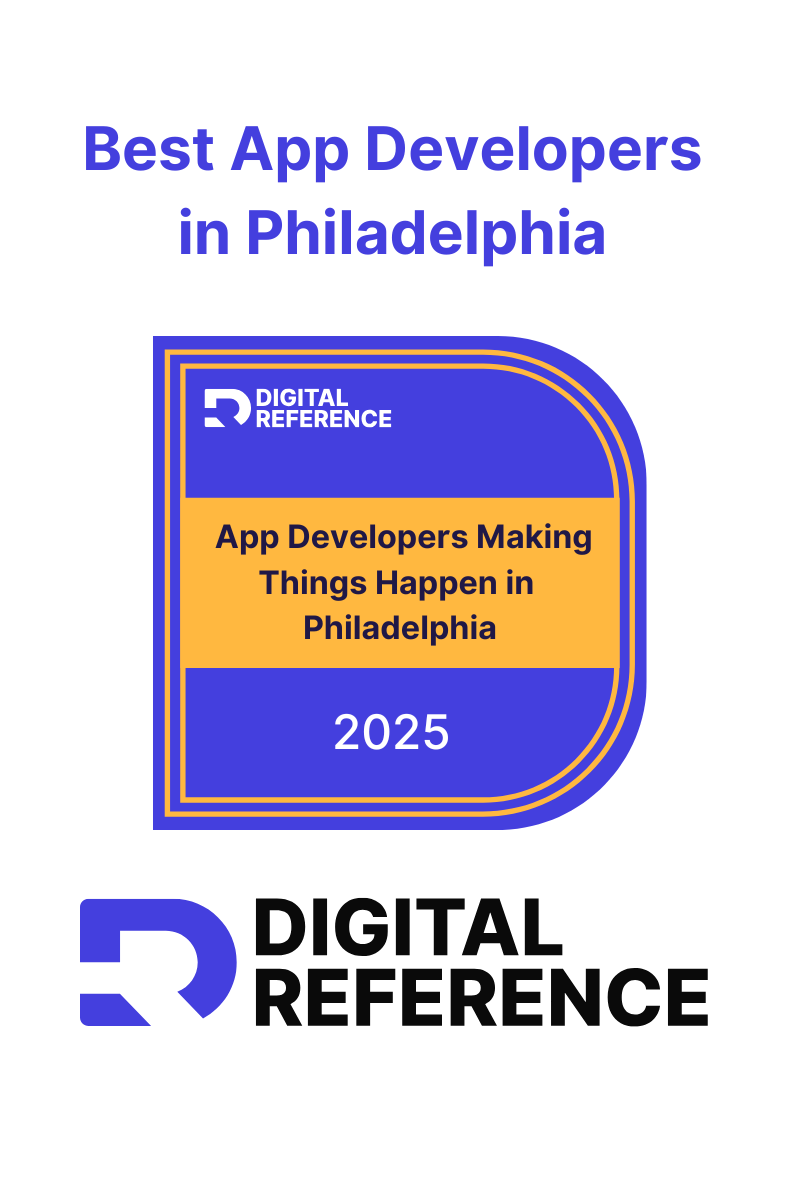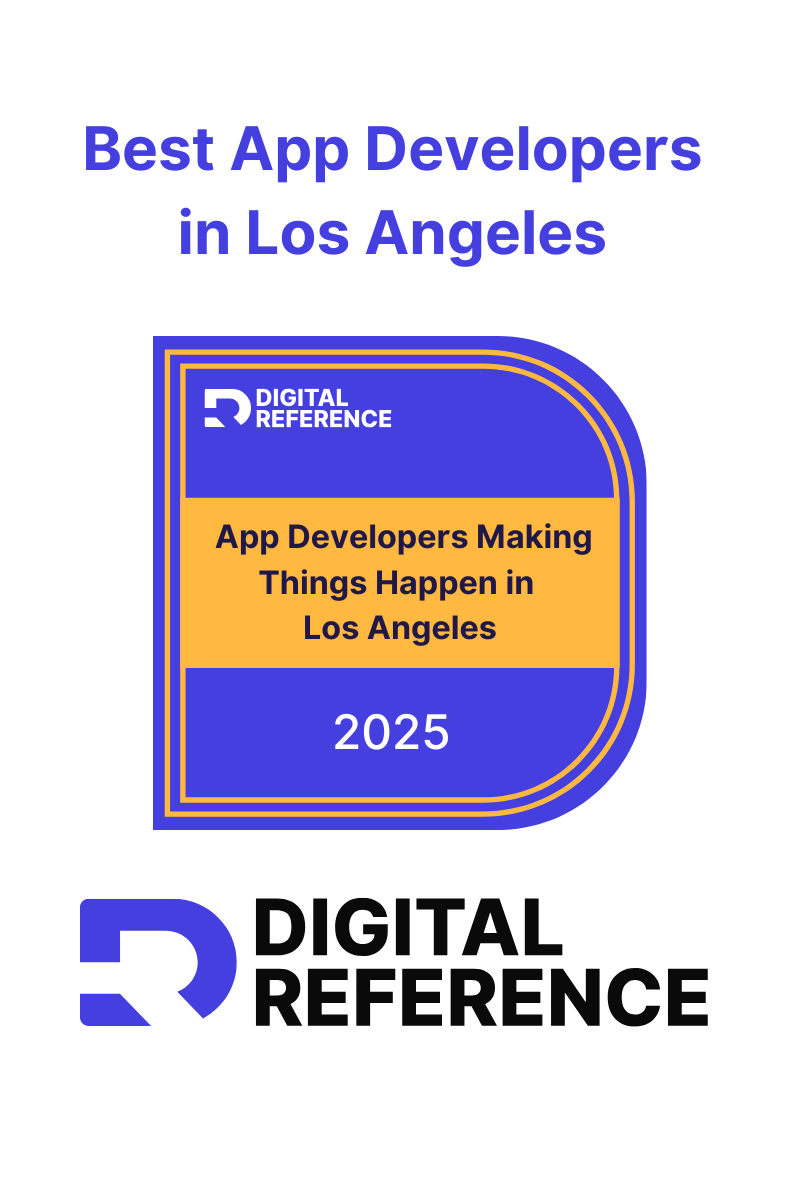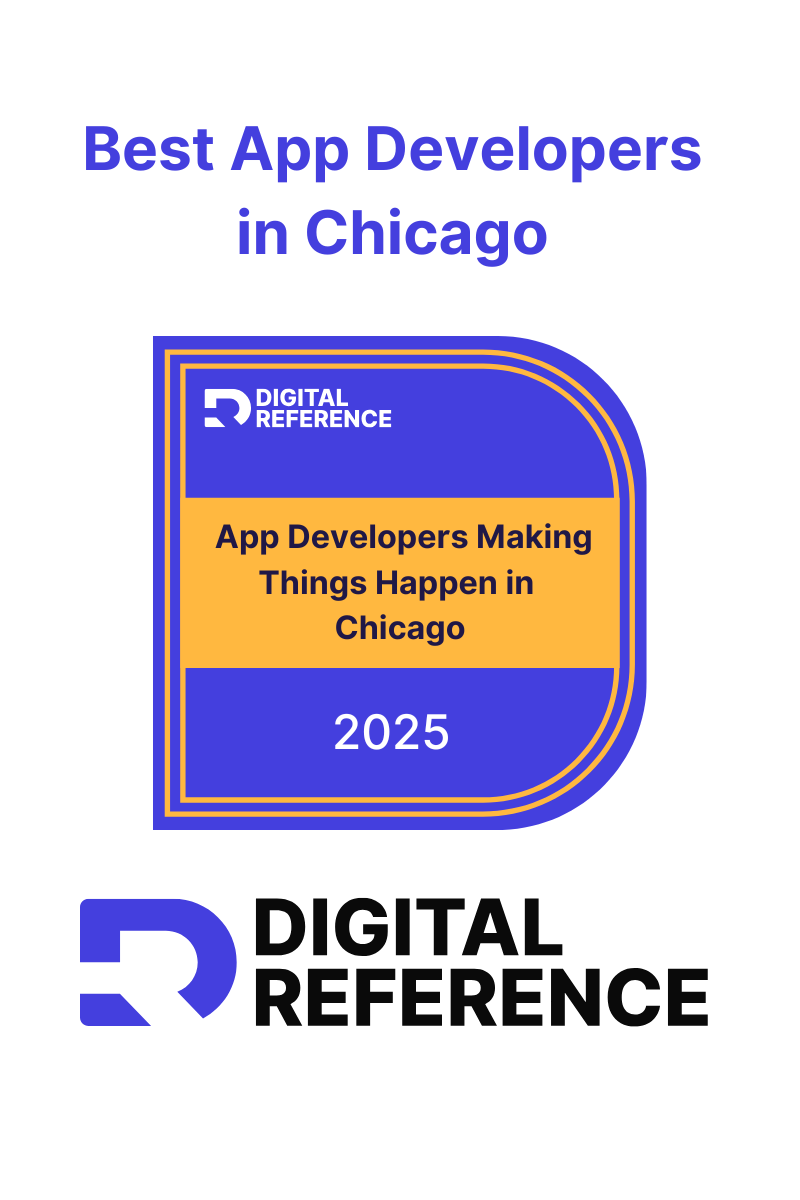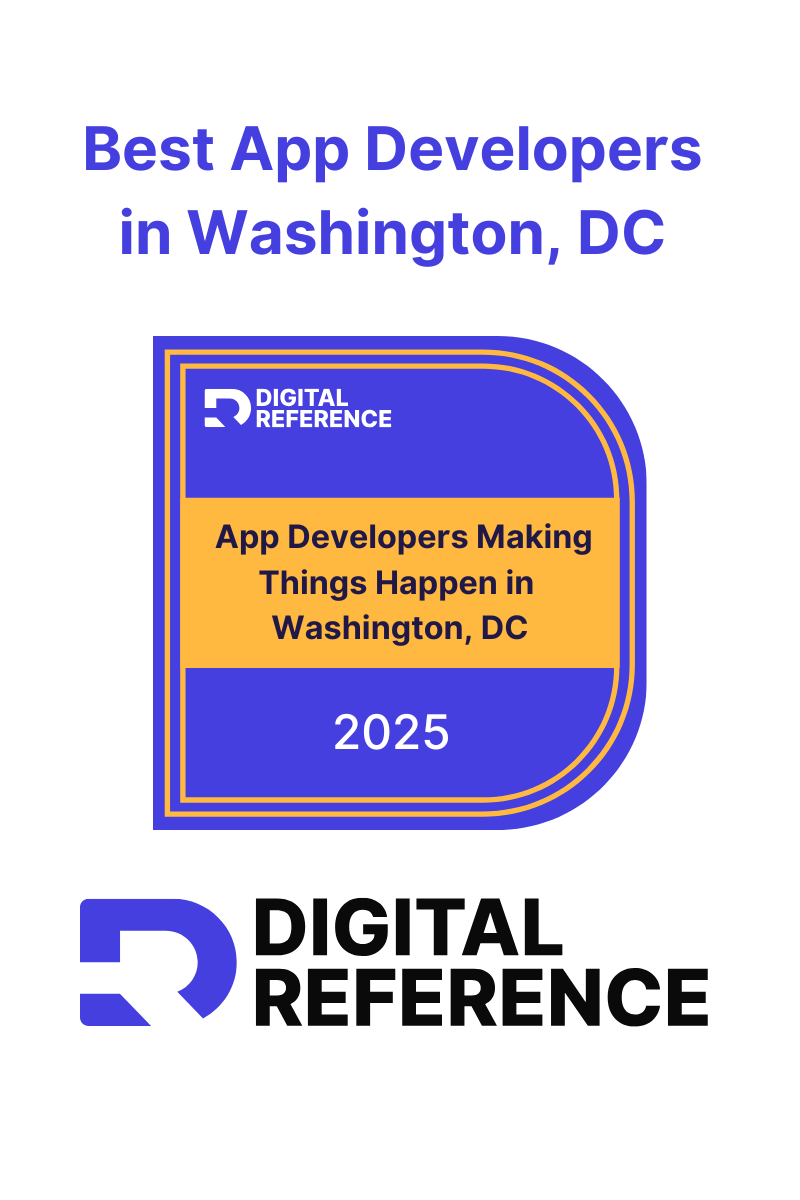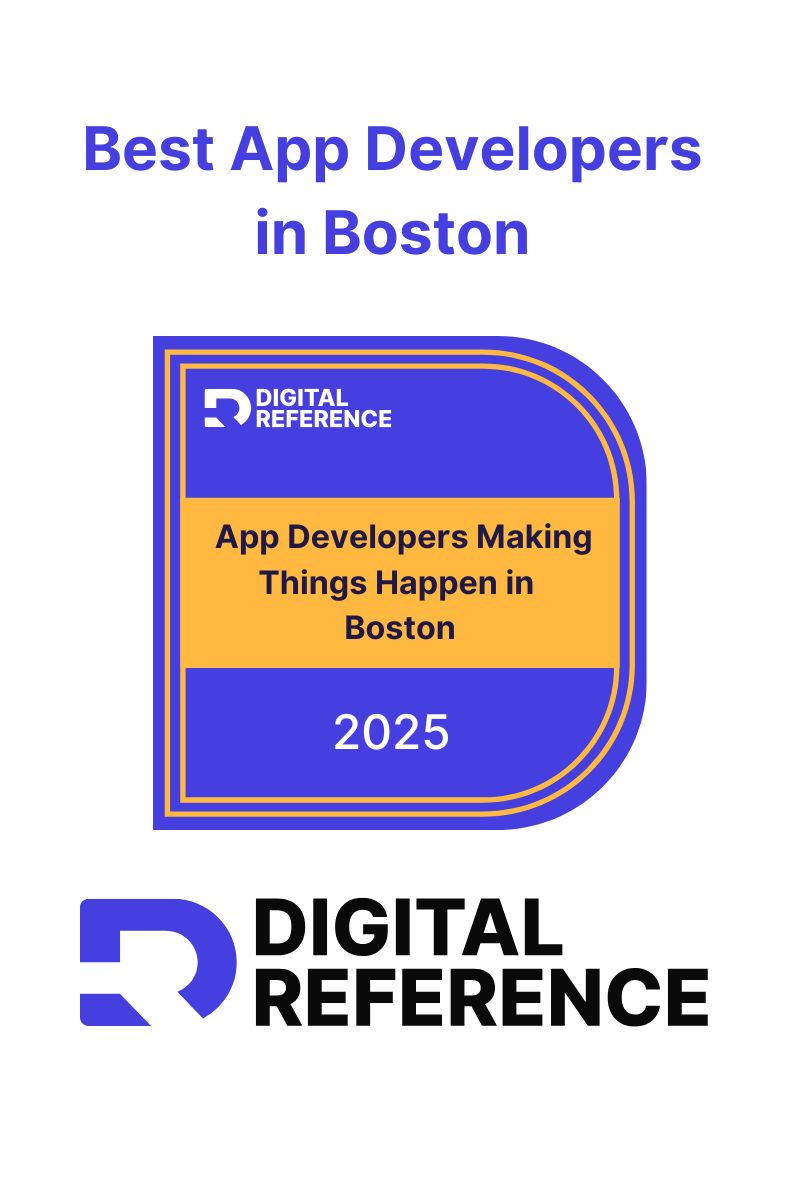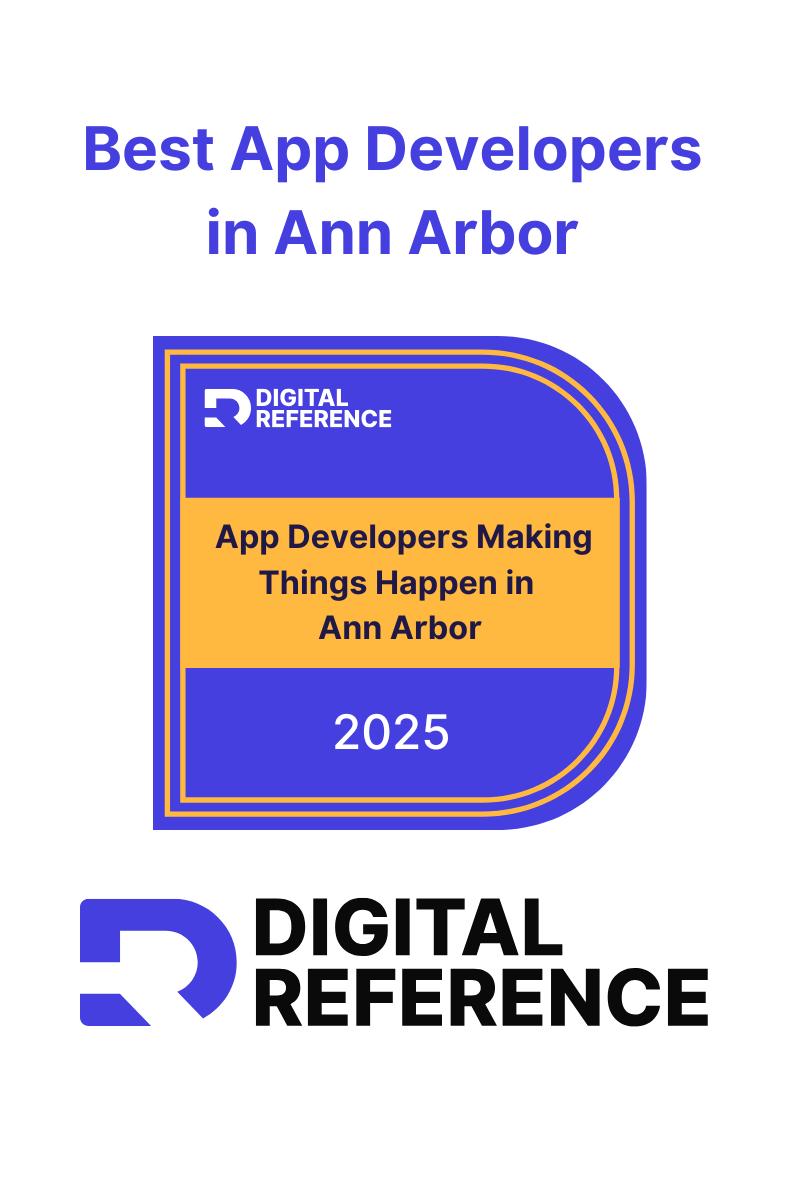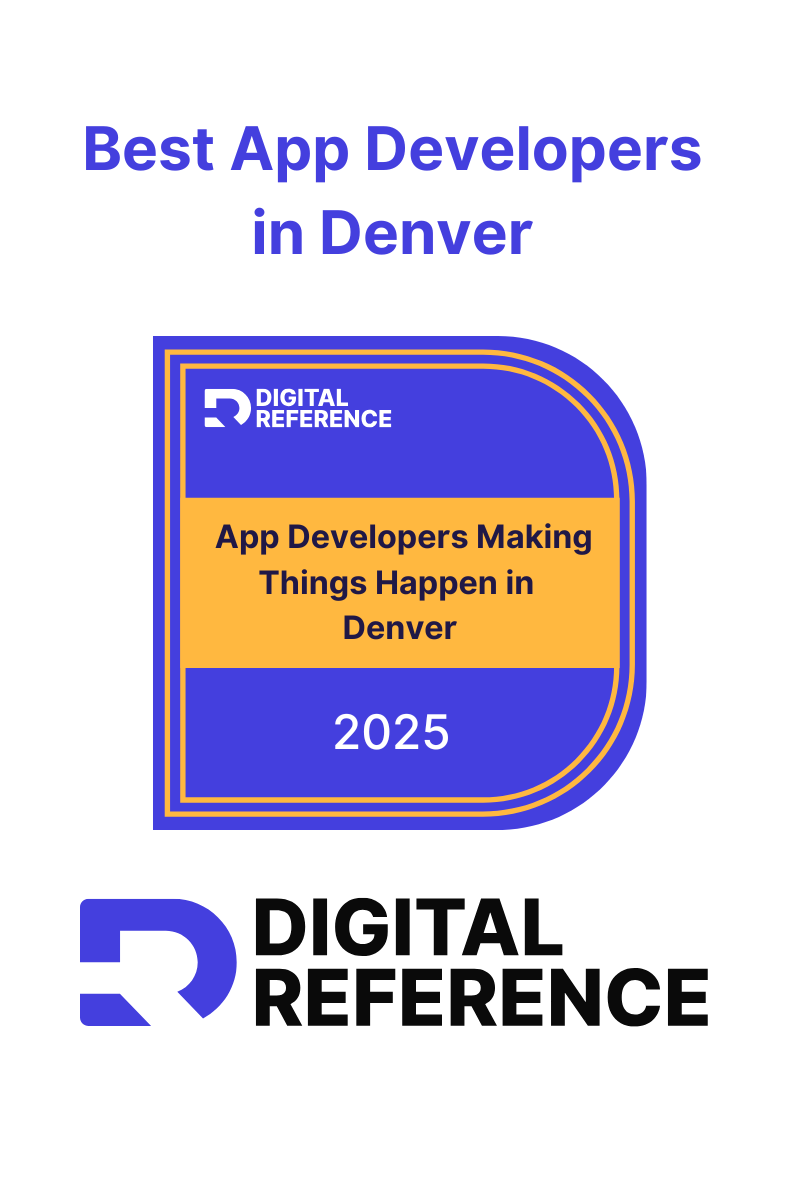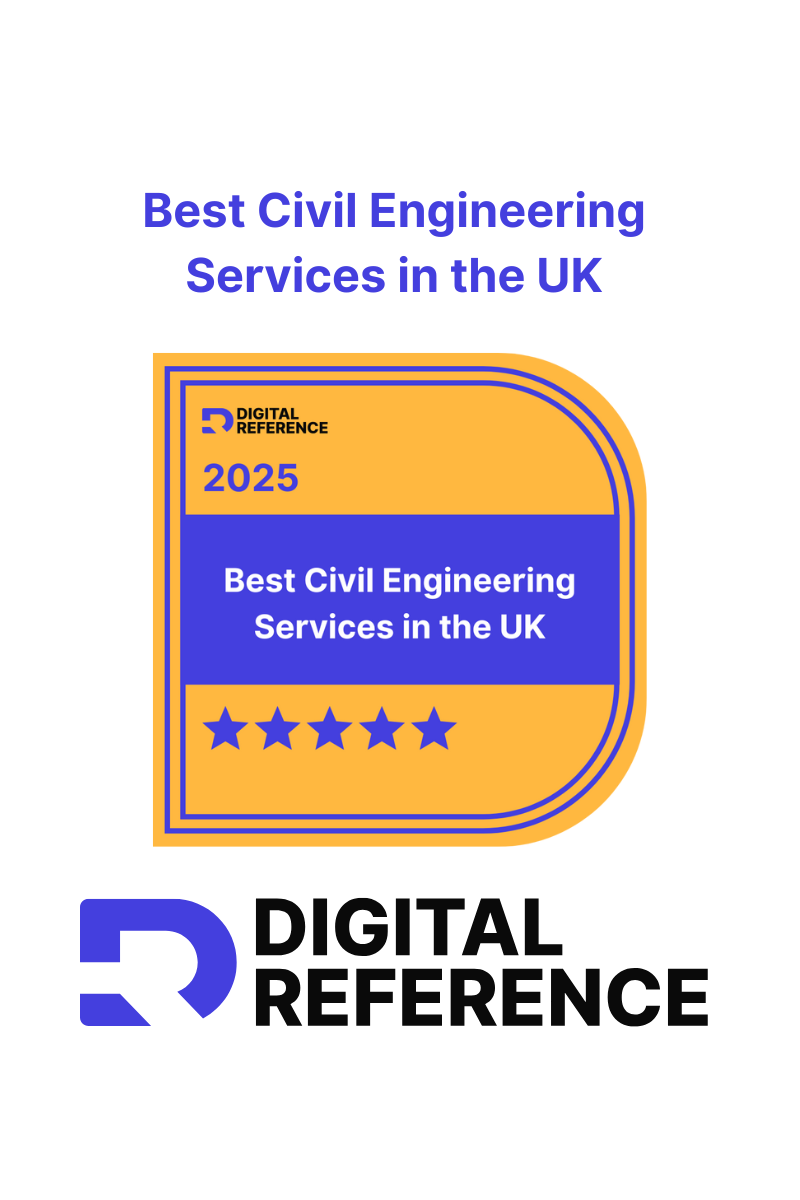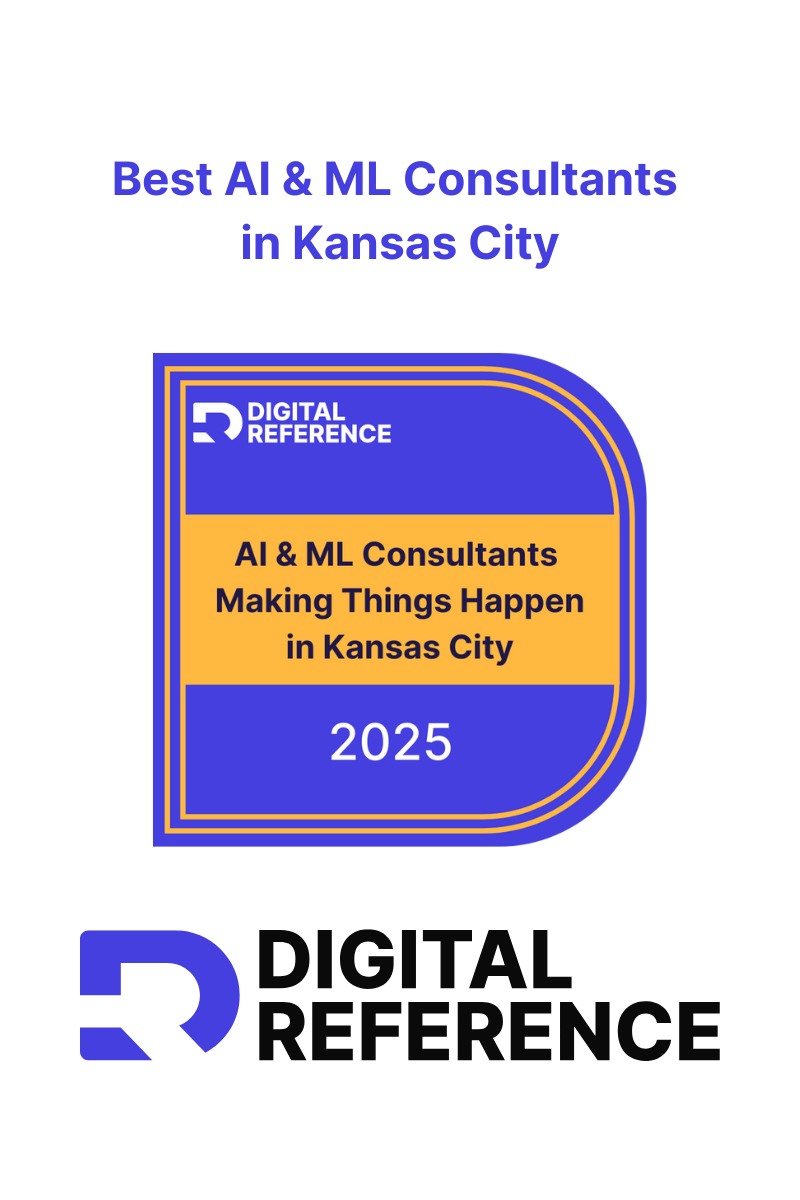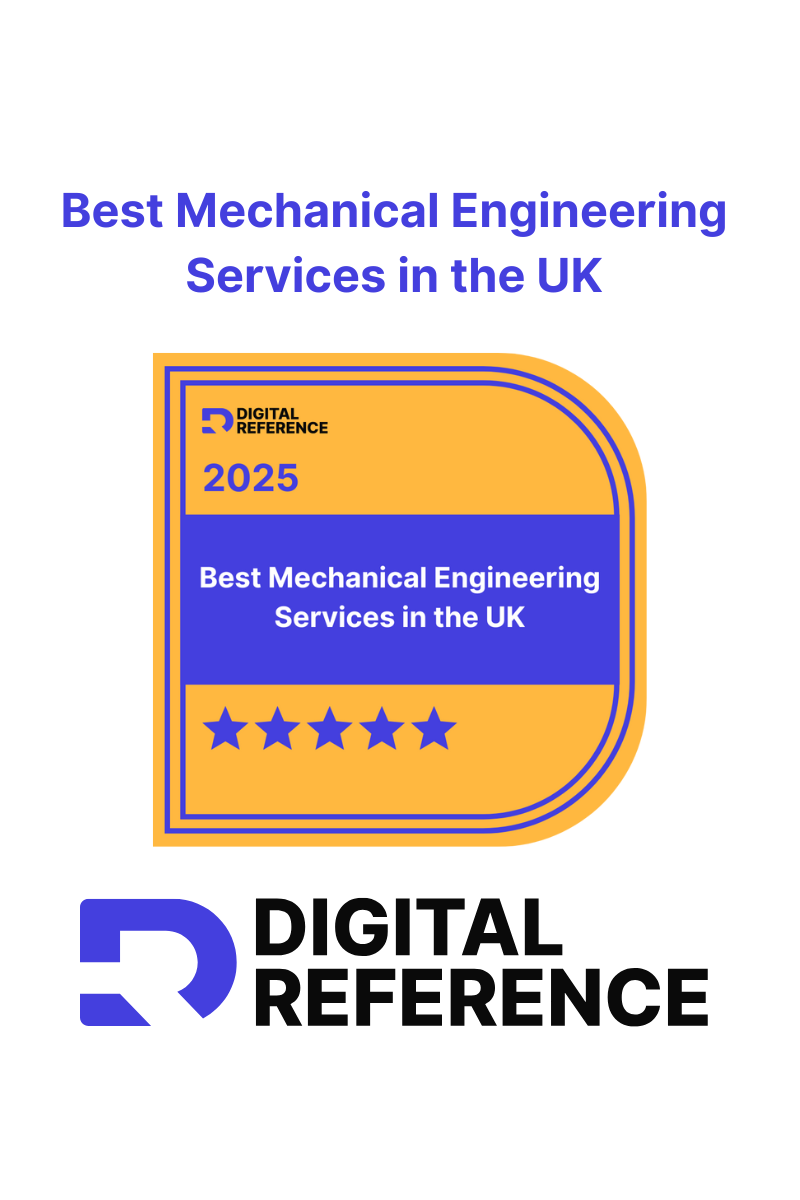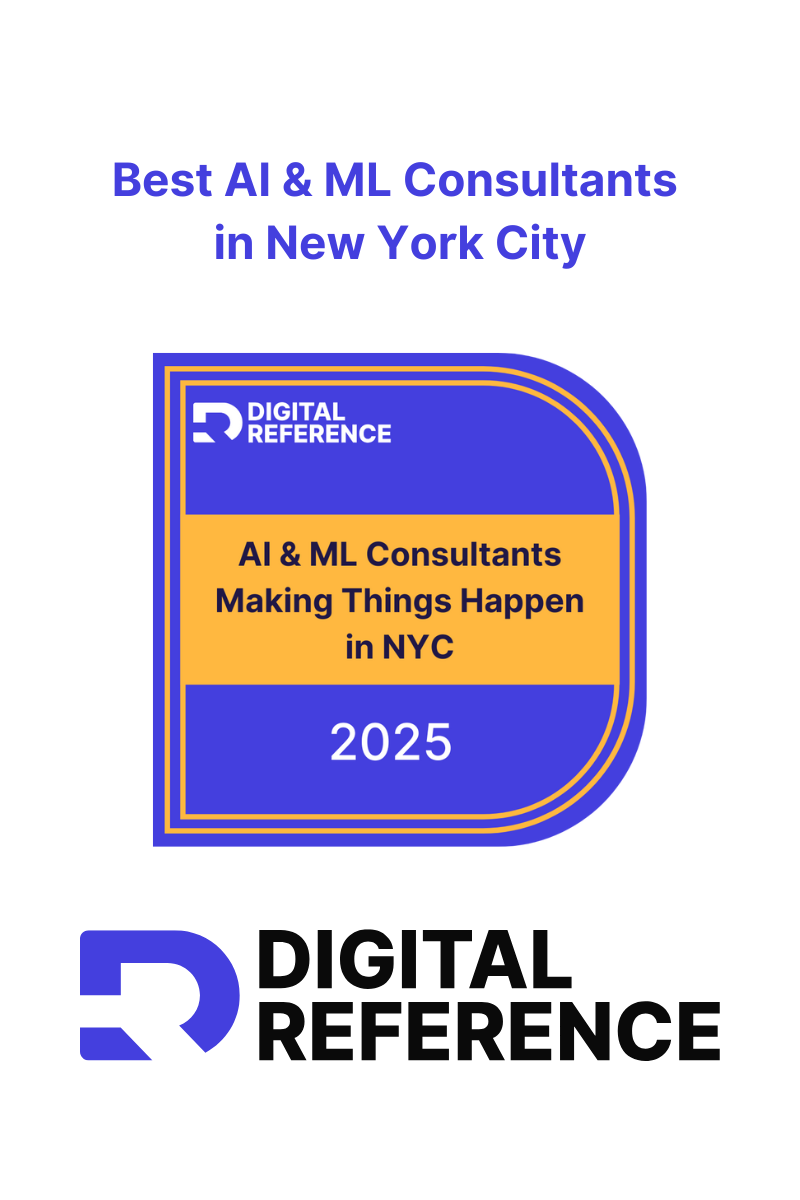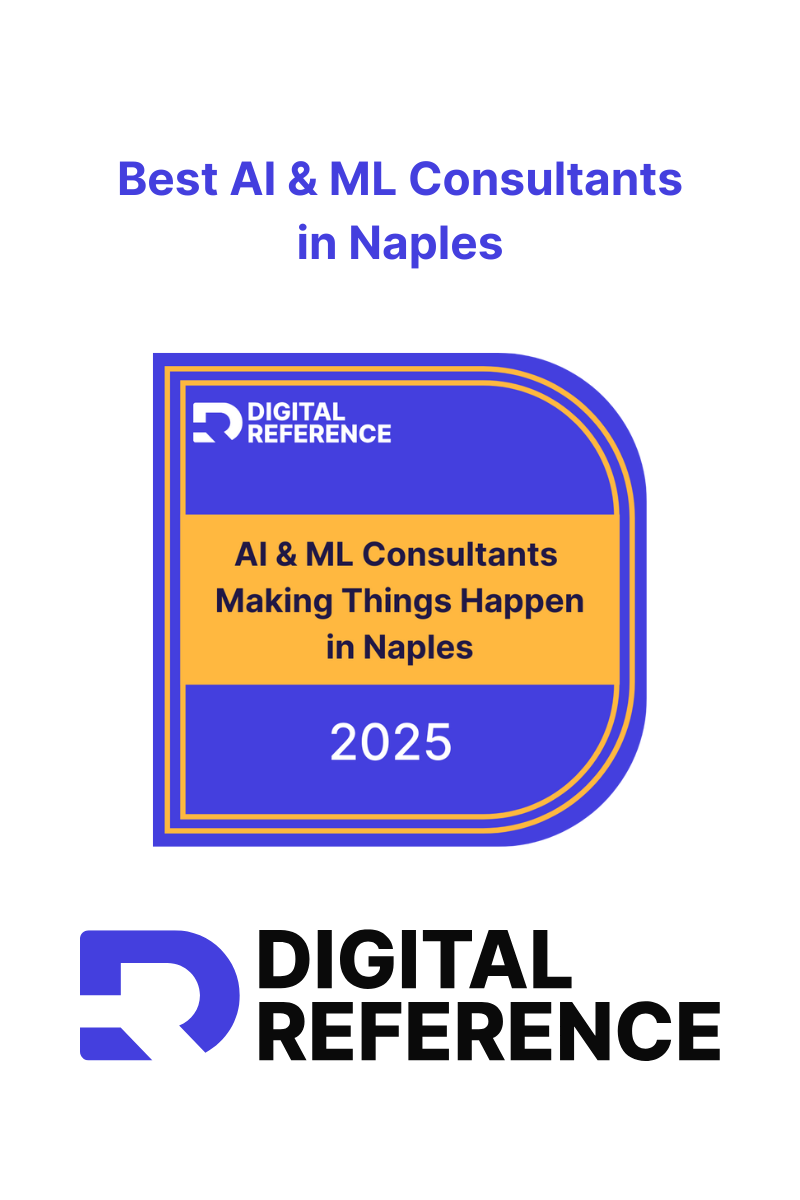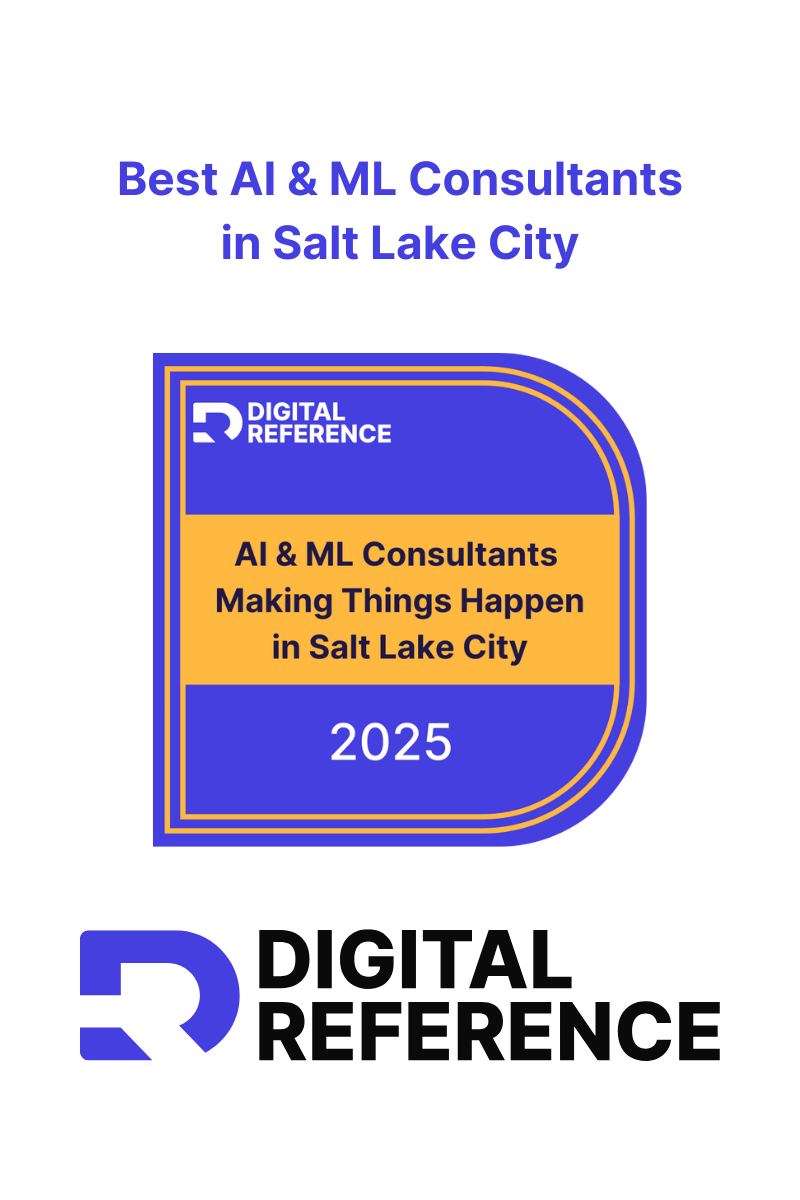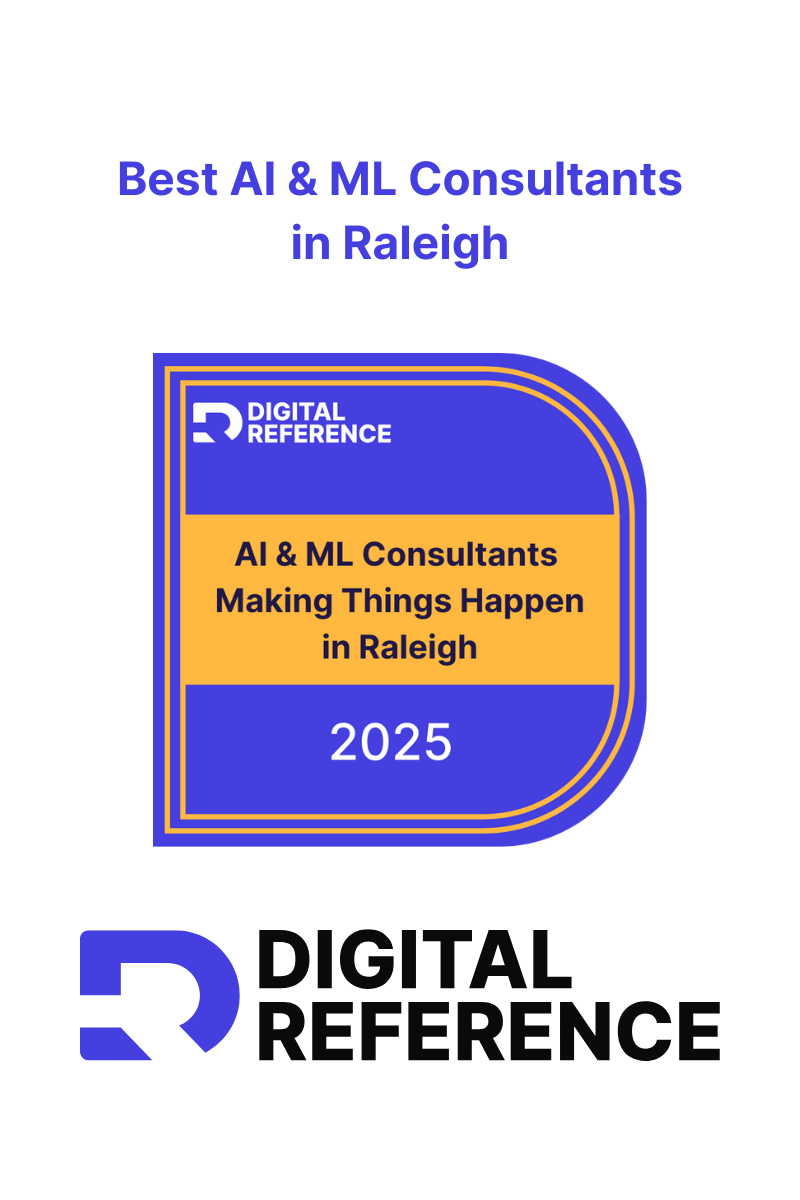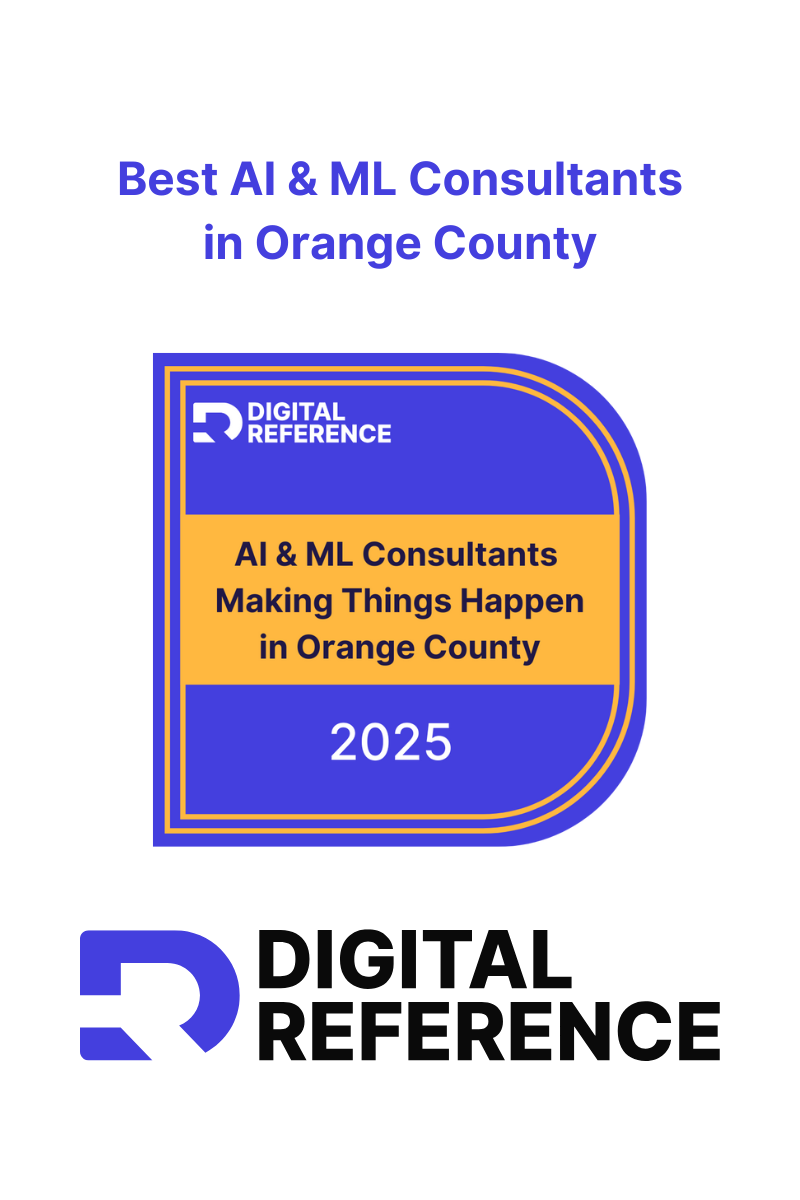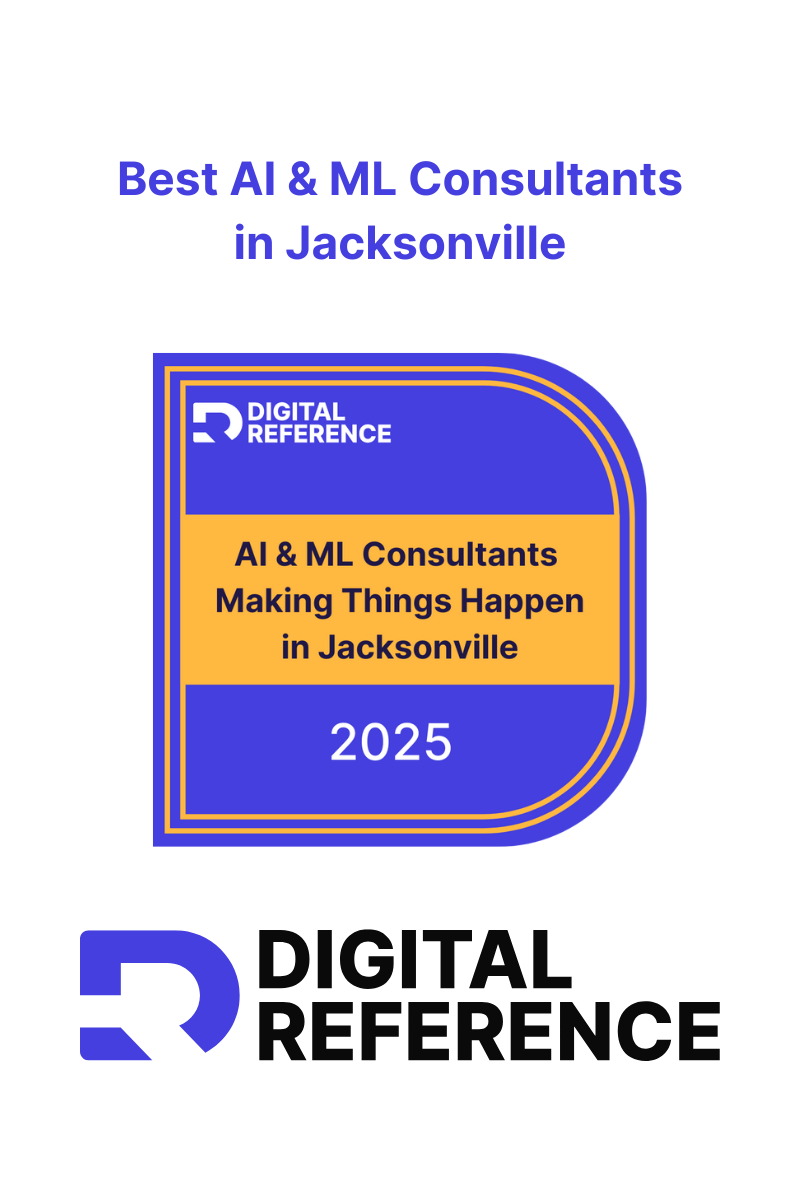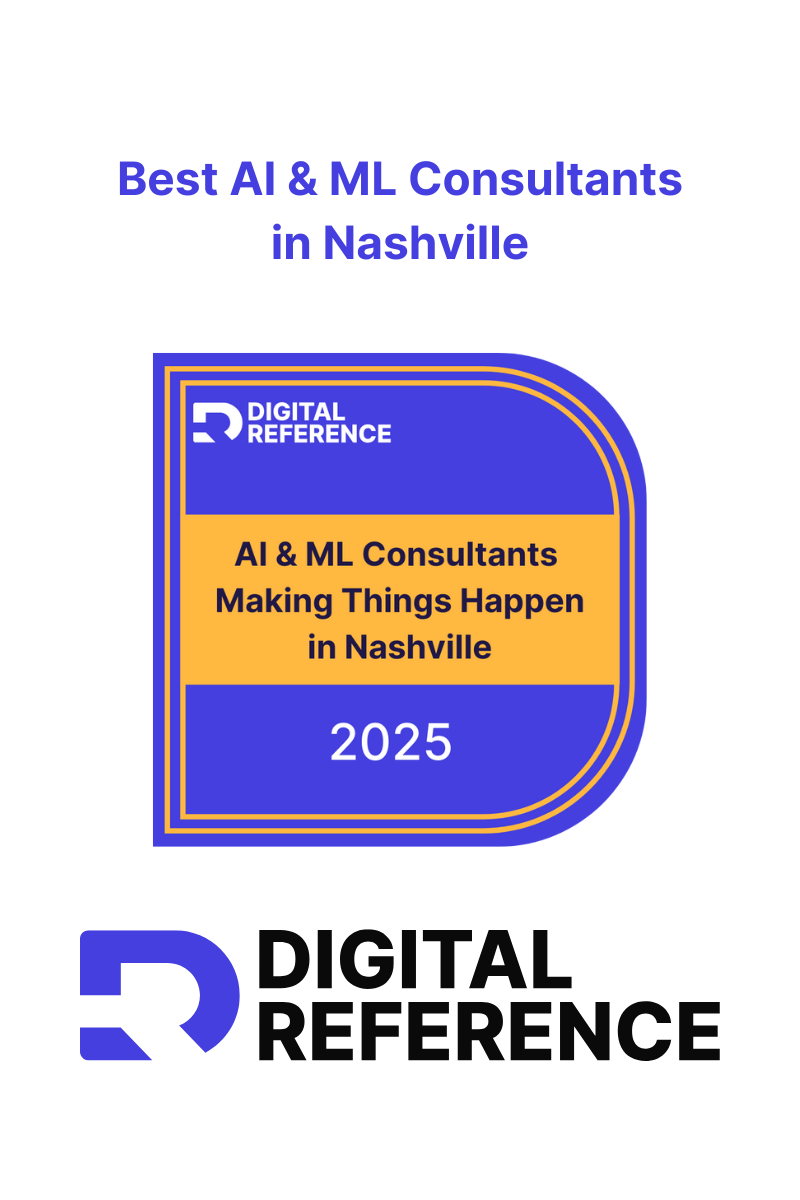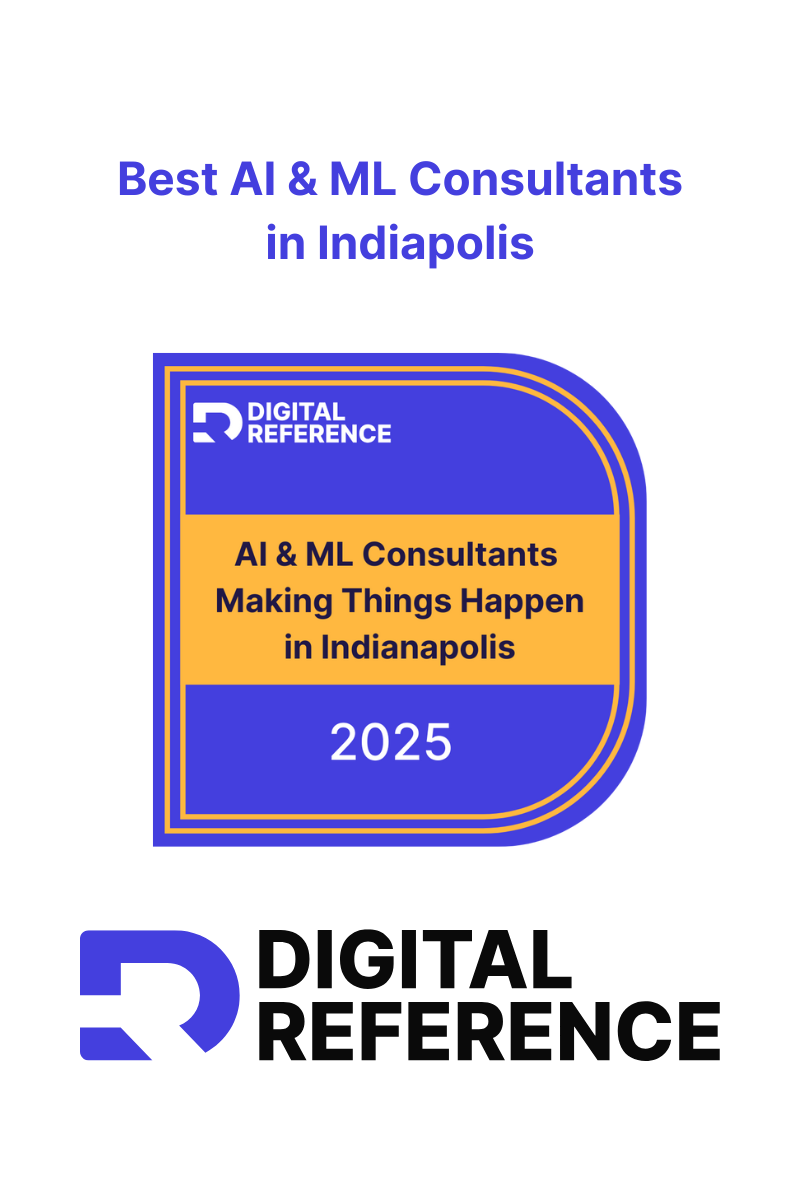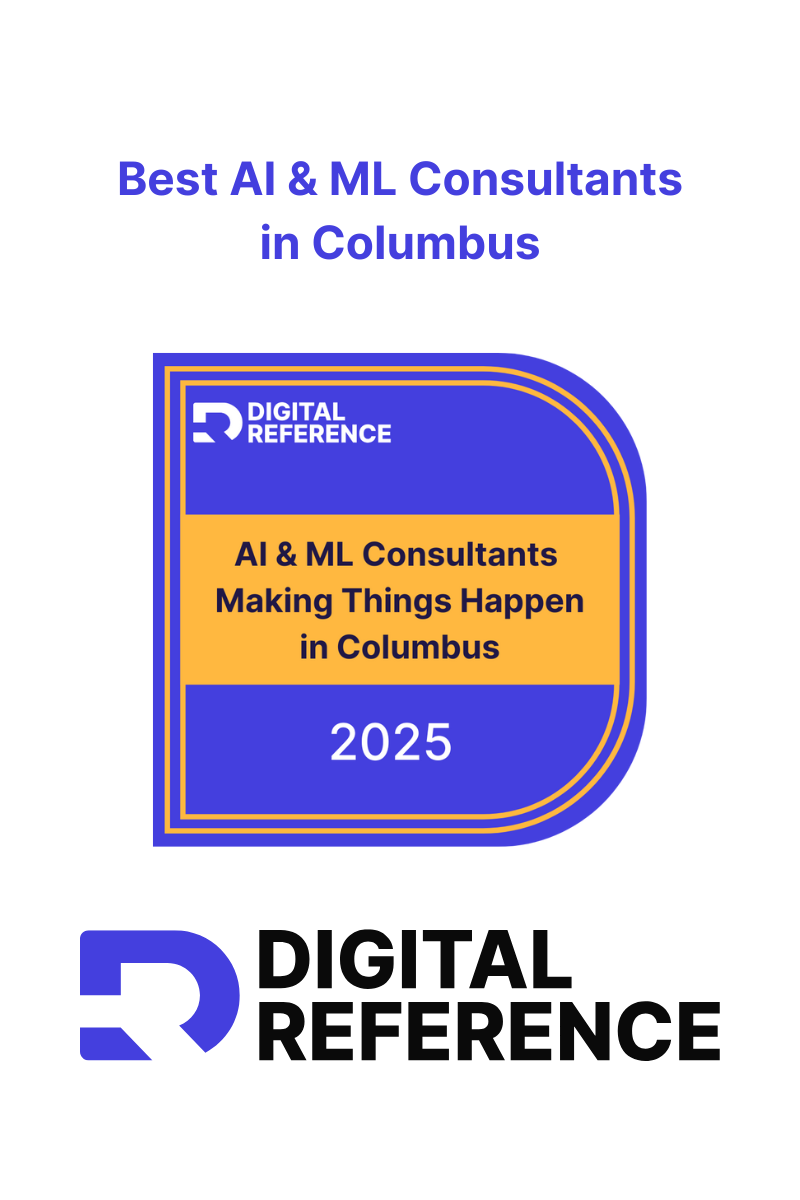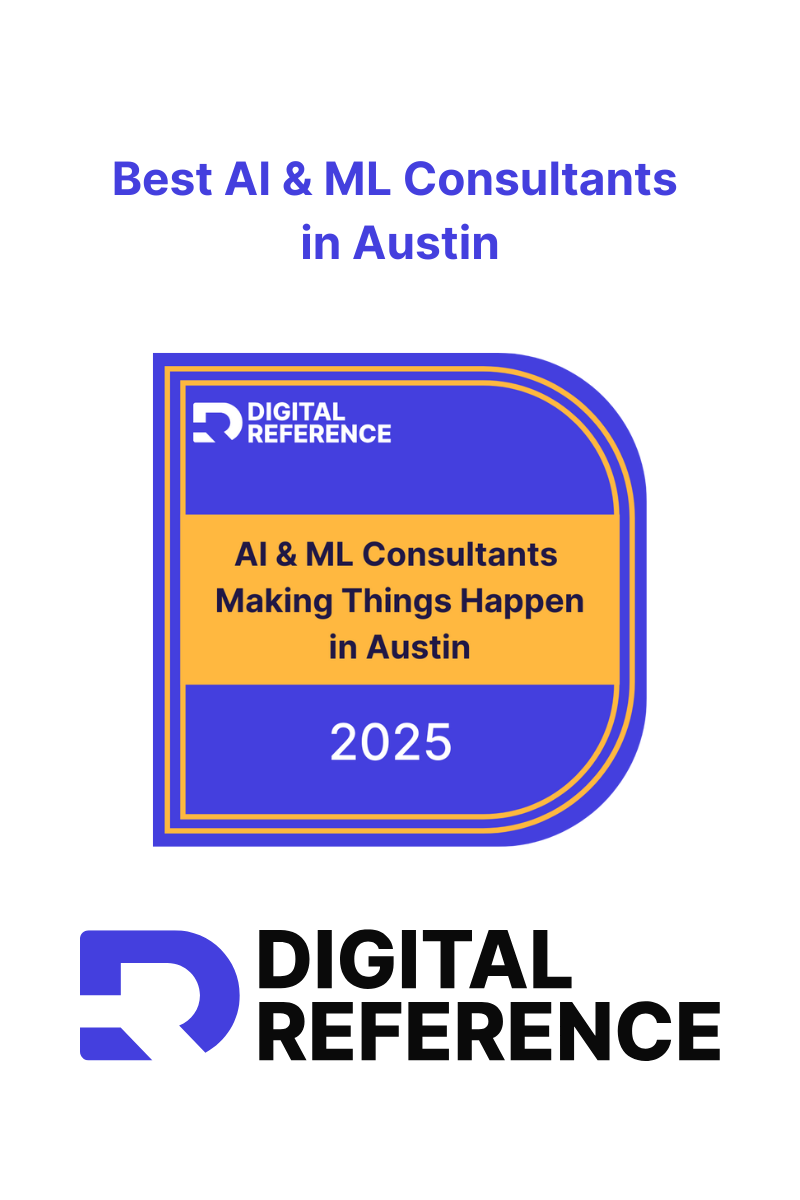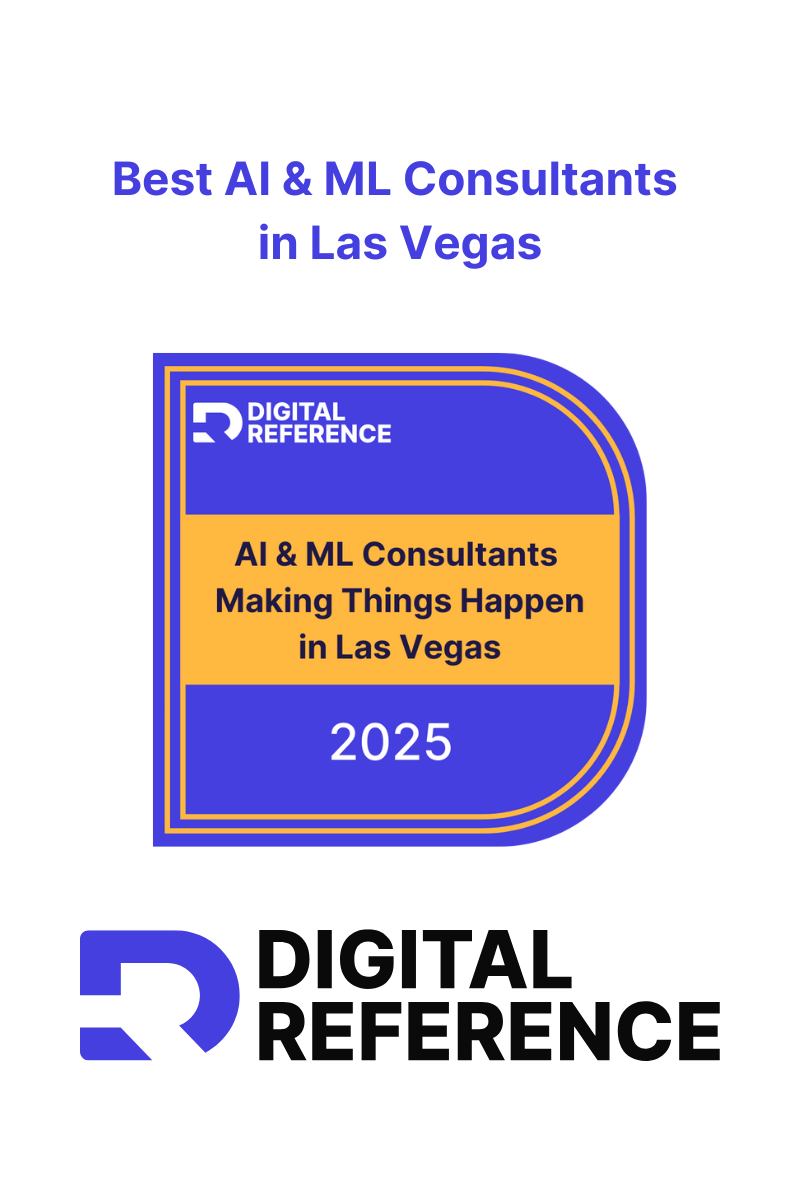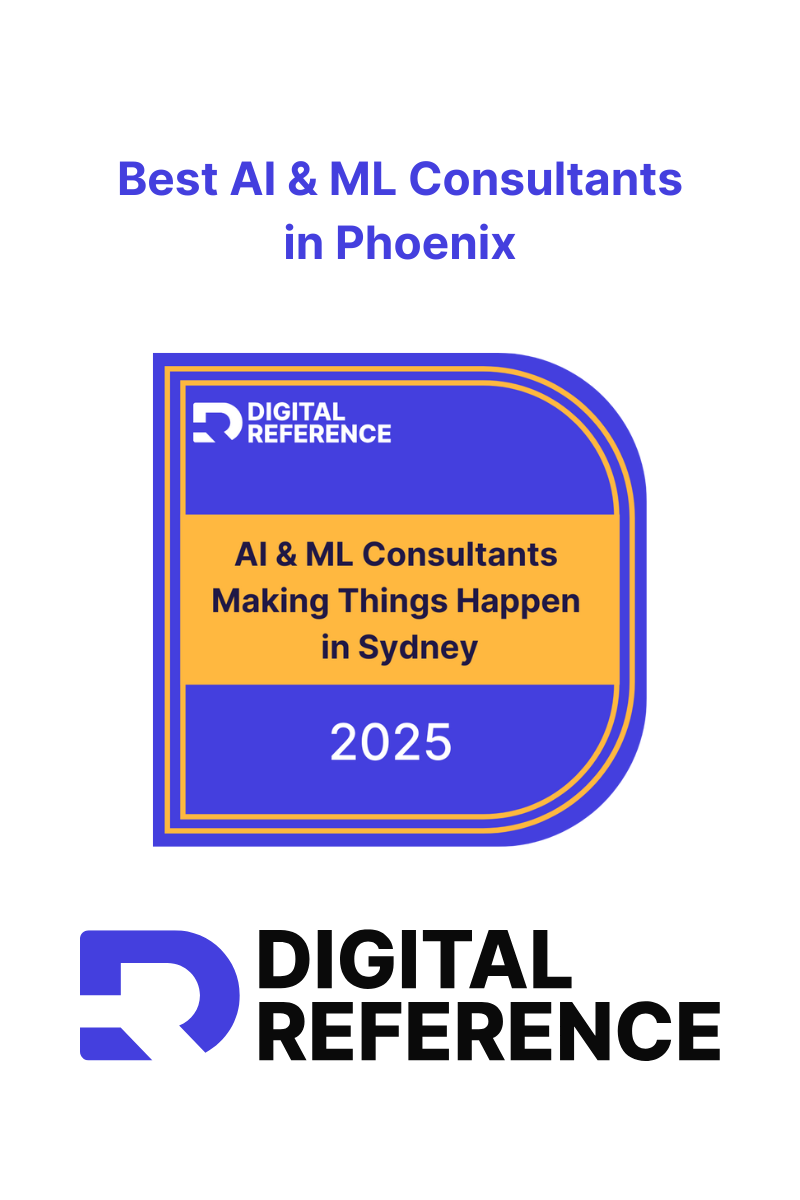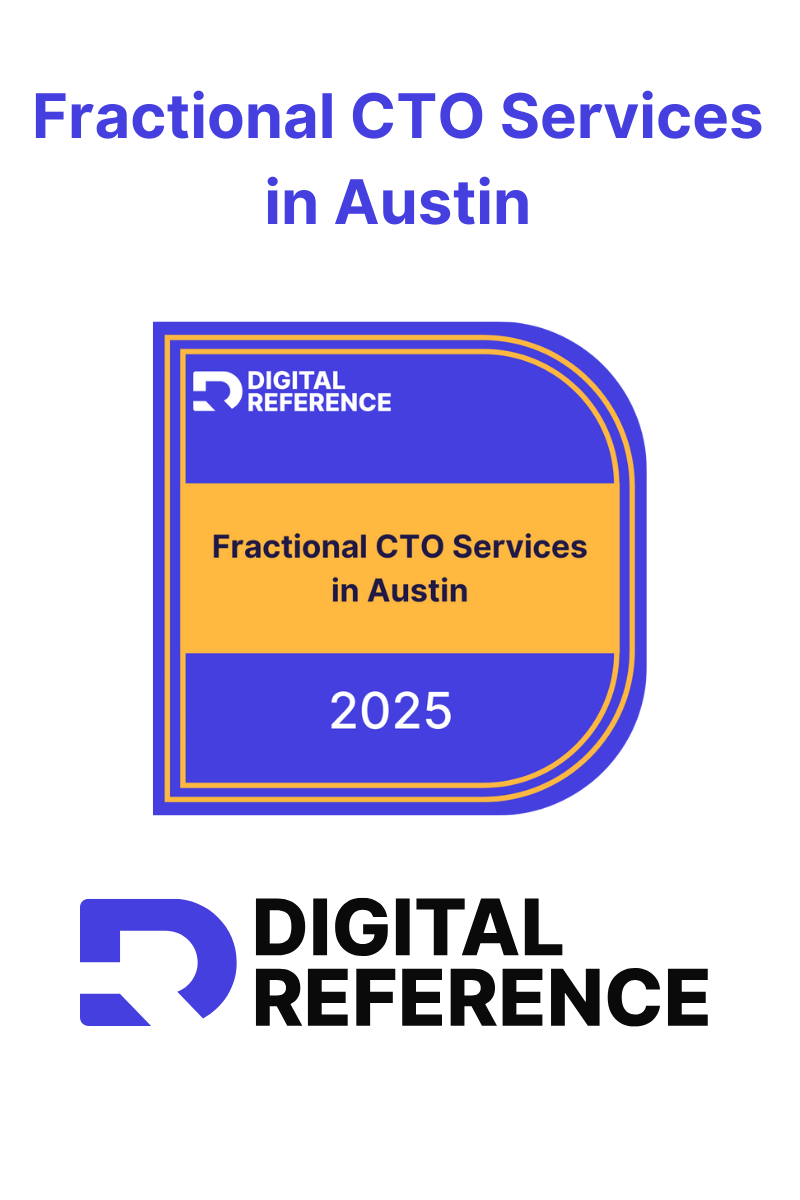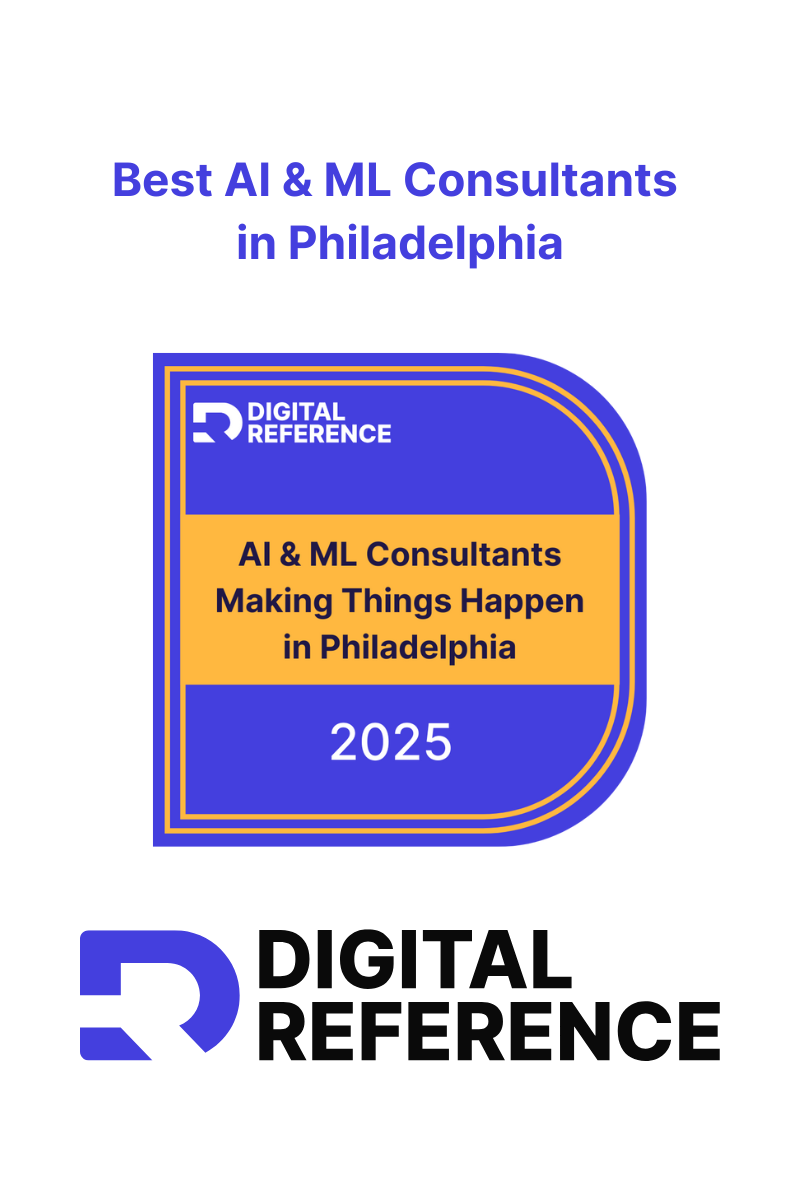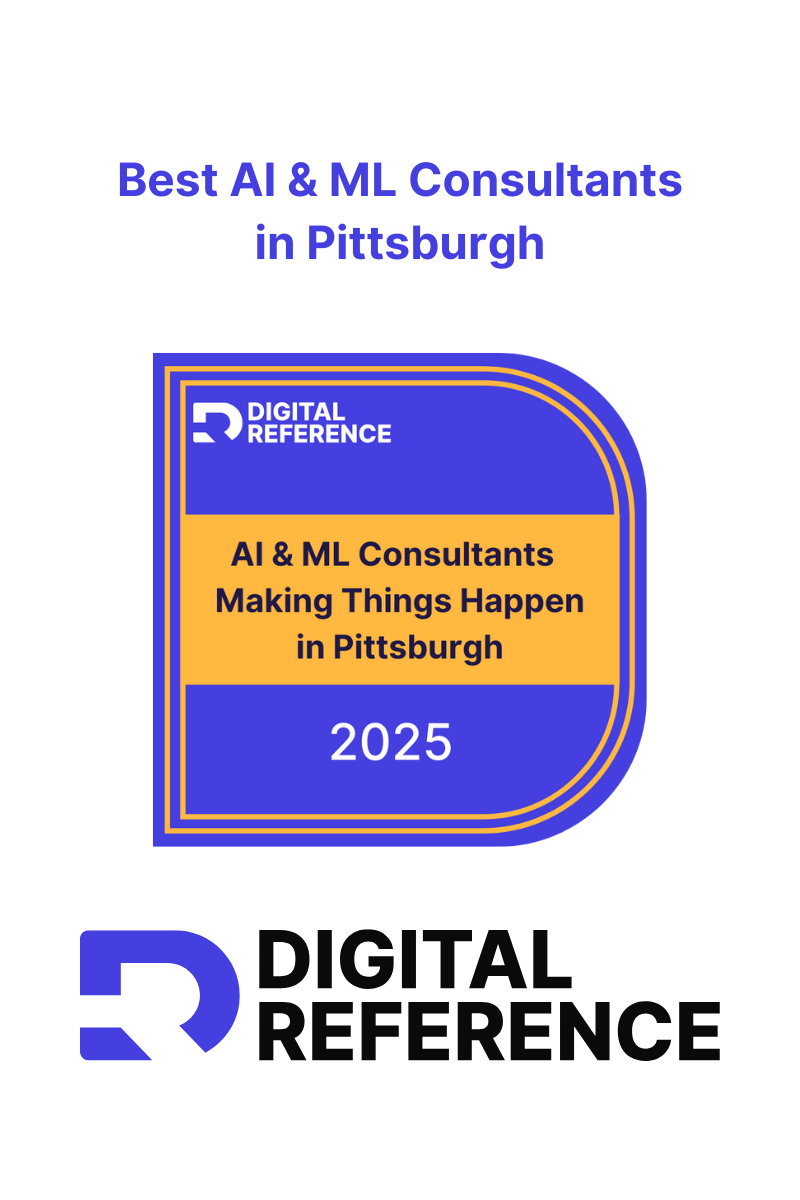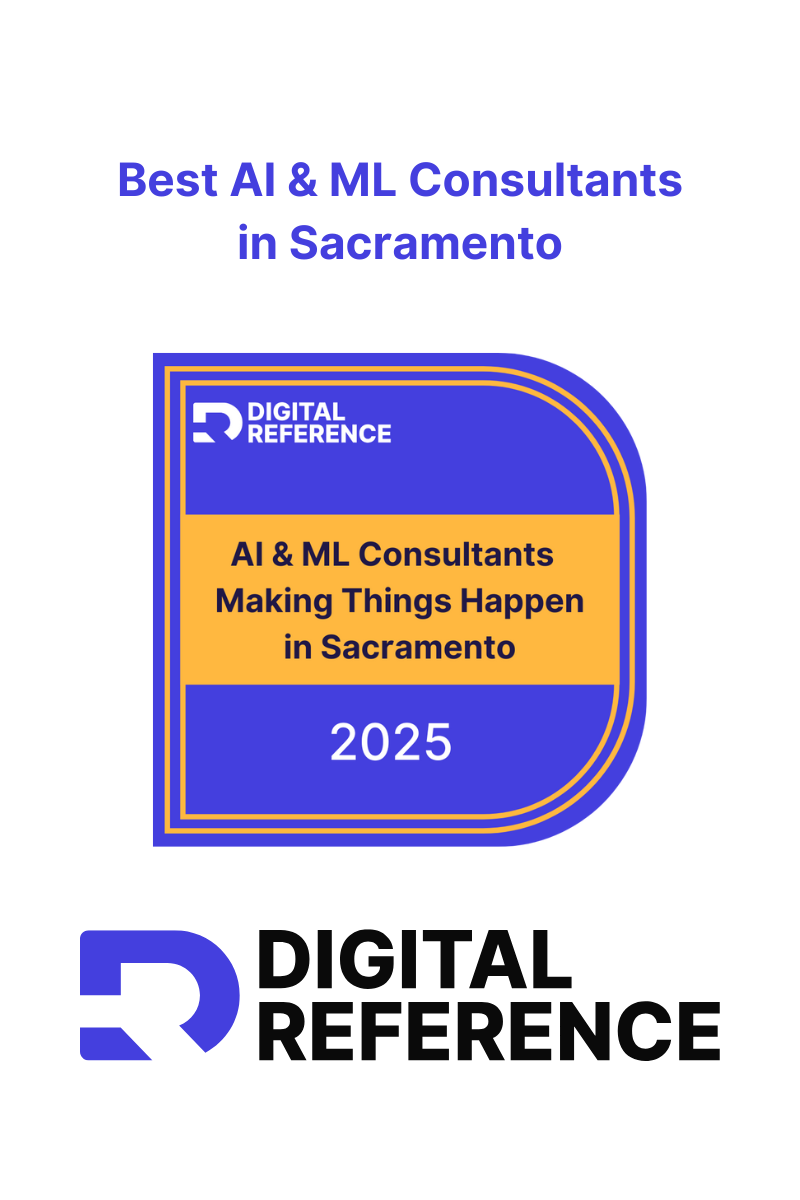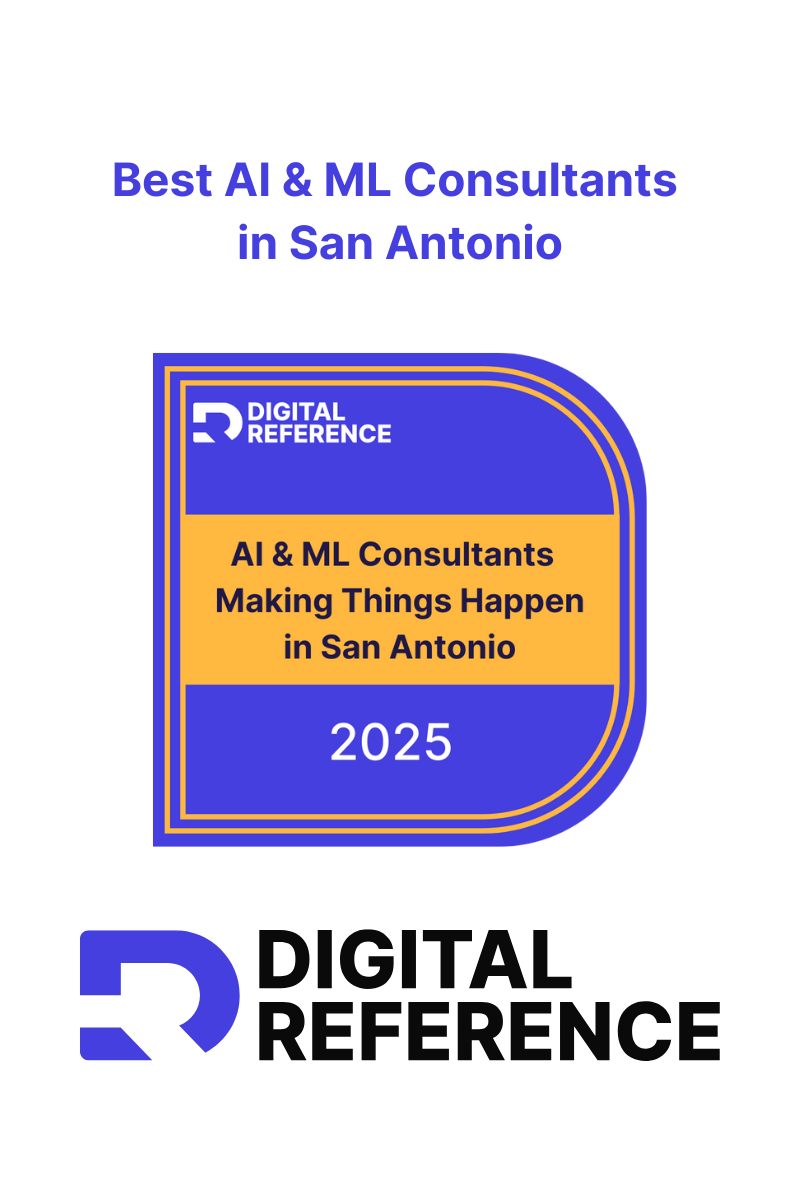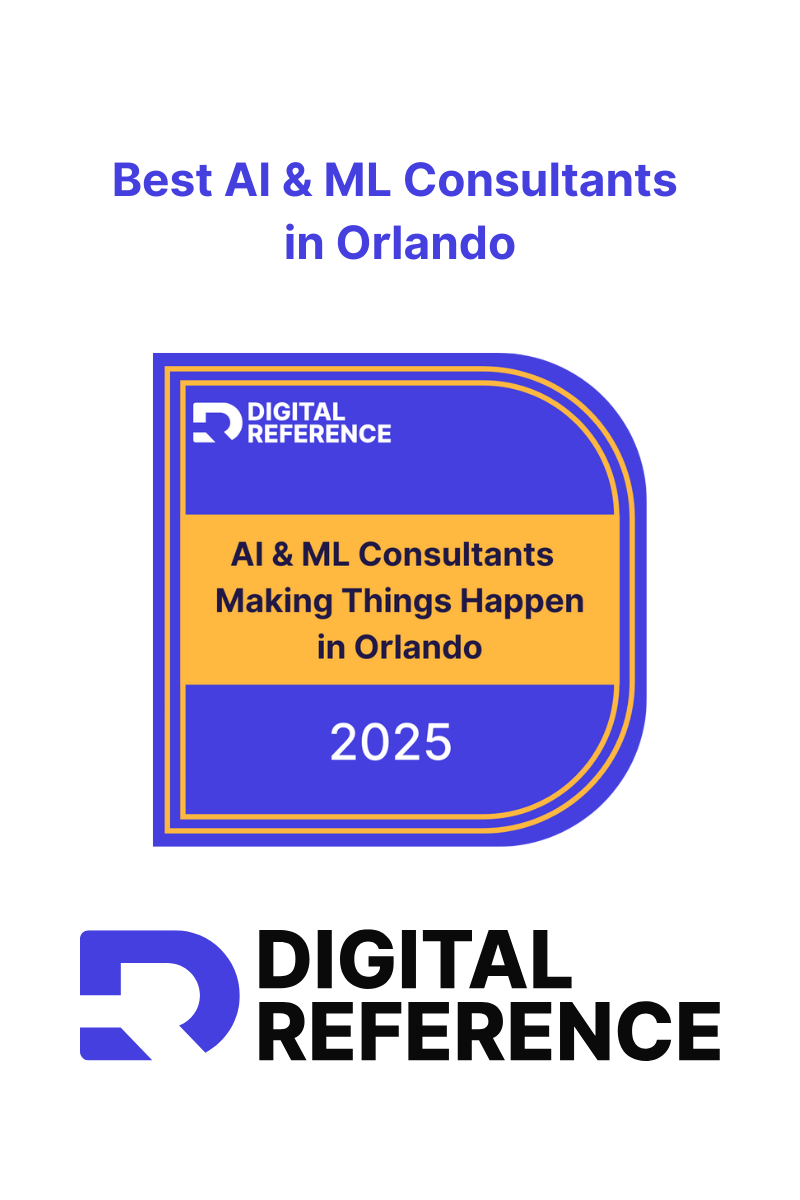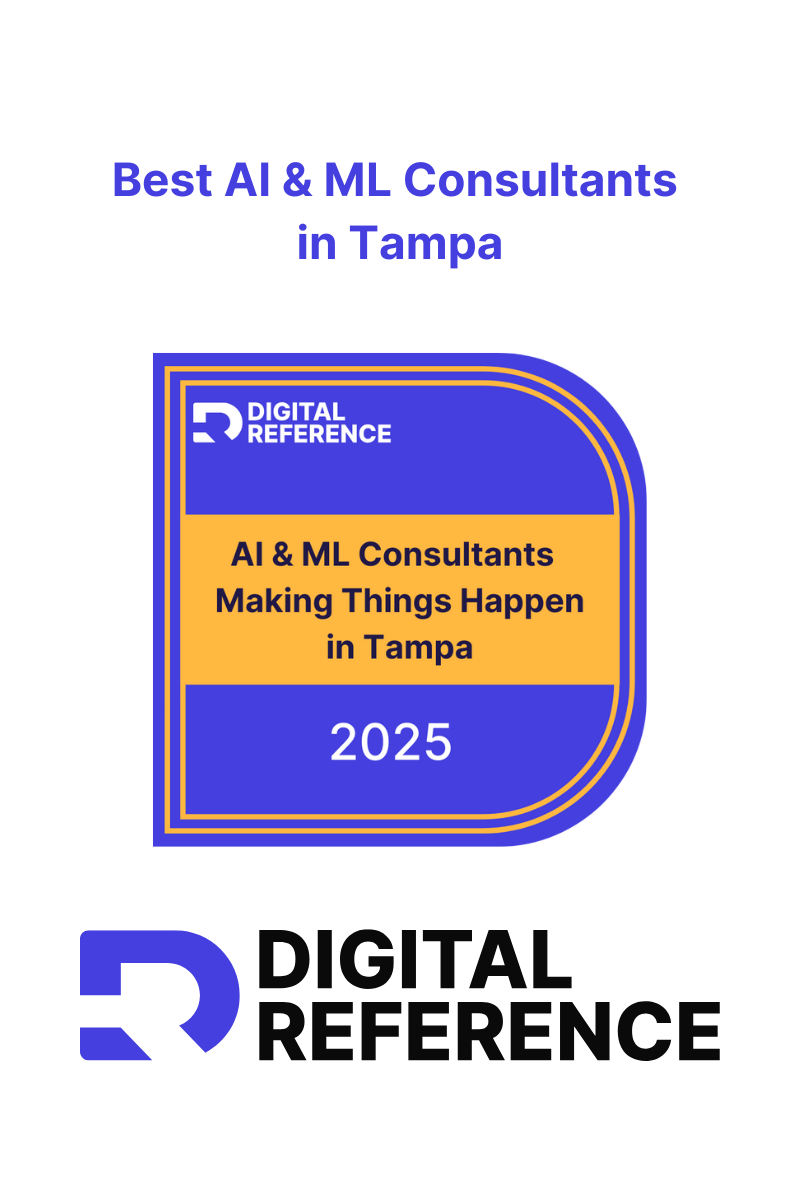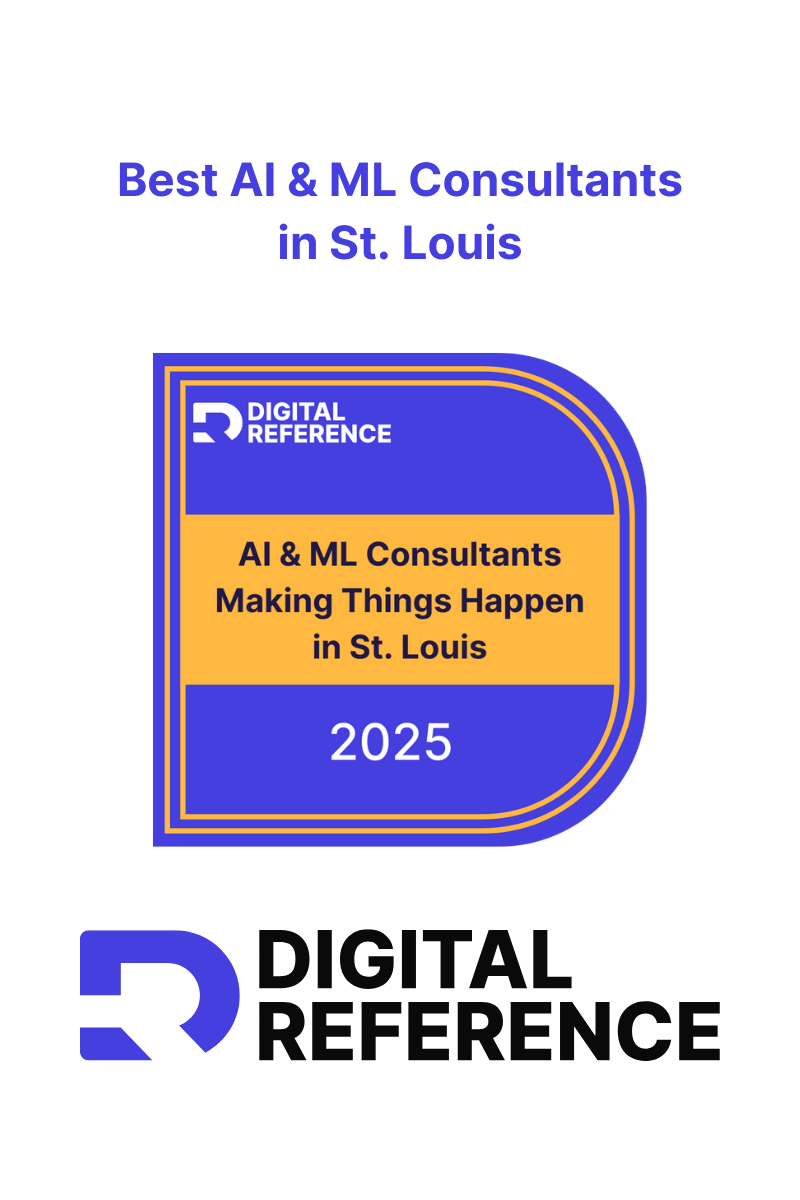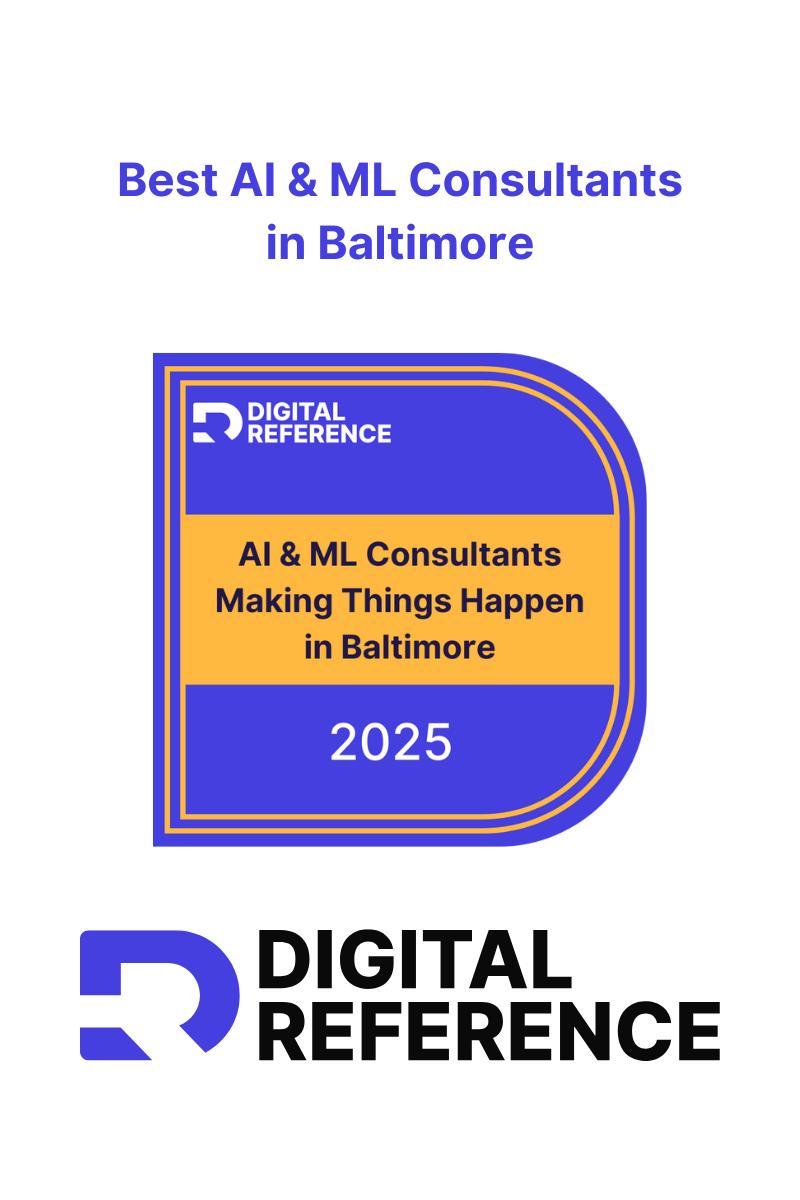Engineering Professionals: What Are They and What Do They Do?

Engineering Professionals: What Are They and What Do They Do?
From designing cutting-edge software to constructing bridges and developing sustainable energy solutions, engineering professionals play a vital role in shaping the world around us. These experts apply scientific principles and innovative thinking to solve complex problems, build efficient systems, and drive technological advancement. But what exactly do they do, and why are they so important?

What Is an Engineering Professional?
An engineering professional is responsible for designing, developing, testing, and improving systems, products, and structures. They work across various industries, including software, civil infrastructure, aerospace, manufacturing, and energy, ensuring that engineering solutions are functional, efficient, and safe.
Engineering professionals leverage technology, mathematics, and problem-solving skills to innovate and optimize. Their role often involves collaboration with product teams, operations managers, and business executives to align engineering efforts with company goals.
Key Responsibilities of Engineering Professionals
While specific duties vary by discipline and industry, most engineering professionals focus on these core areas:
1. Research & Development (R&D)
Engineering professionals work on developing new technologies, materials, and processes that drive innovation and solve real-world problems.
2. Design & Prototyping
They create blueprints, technical specifications, and prototypes to test new designs and improve existing products.
3. Testing & Quality Assurance
Engineers ensure that products and systems meet safety, efficiency, and reliability standards before mass production or implementation.
4. Process Optimization
Many engineers focus on streamlining manufacturing and operational processes to reduce costs, increase efficiency, and improve performance.
5. Systems Integration
They work on integrating hardware, software, and mechanical components to create seamless and effective systems.
6. Compliance & Safety Management
Engineering professionals must adhere to industry regulations, quality standards, and safety guidelines to minimize risk and ensure public safety.
Engineering Job Titles and Responsibilities
Engineering professionals hold various titles depending on their expertise and experience level. Below is a breakdown of key roles across different levels, along with their typical responsibilities.
Executive-Level Titles
1. Chief Technology Officer (CTO)
The CTO leads the technological vision of a company, ensuring innovation and efficiency in engineering and product development.
Responsibilities:
- Overseeing software and hardware development teams.
- Setting long-term technology and R&D strategies.
- Aligning engineering with business objectives.
Example: Elon Musk served as Tesla’s CTO in its early days, driving innovation in electric vehicle technology.
2. Chief Engineering Officer (CEngO)
The CEngO oversees all engineering operations, ensuring project efficiency, regulatory compliance, and technological advancement.
Responsibilities:
- Managing large-scale engineering projects and teams.
- Ensuring engineering practices align with industry standards.
3. Chief Software Architect
This role focuses on designing large-scale software architectures and guiding technical teams.
Responsibilities:
- Defining software frameworks, coding standards, and best practices.
- Overseeing cloud computing, AI, and cybersecurity strategies.
4. Chief Mechanical Engineer (CME)
The CME leads mechanical engineering teams in designing physical products and systems.
Responsibilities:
- Overseeing the development of machines, automotive components, and robotics.
- Ensuring compliance with material and safety standards.
Senior-Level Titles
5. Vice President of Engineering (VP of Engineering)
Manages engineering teams and ensures alignment with company goals.
Responsibilities:
- Leading software, hardware, or mechanical engineering teams.
- Managing budgets and technological resources.
6. Vice President of Civil Engineering
Oversees large-scale infrastructure projects, including bridges, roads, and urban planning.
7. Vice President of Software Development
Leads the development of applications, cloud solutions, and AI-driven technologies.
8. Vice President of Product Engineering
Ensures seamless integration between engineering, product management, and design.
9. Vice President of Hardware Engineering
Oversees the development of physical components and embedded systems.
Director-Level Titles
10. Director of Engineering
Leads engineering teams and project execution.
11. Director of Electrical Engineering
Oversees the development of electronic circuits, power systems, and automation.
12. Director of Software Engineering
Manages development teams, software architecture, and coding best practices.
13. Director of Manufacturing Engineering
Optimizes production processes, automation, and factory operations.
14. Director of Robotics & AI Engineering
Leads AI-driven projects, machine learning algorithms, and robotics development.
Manager-Level Titles
15. Engineering Manager
Oversees technical teams and ensures project delivery.
16. Software Engineering Manager
Manages development teams and agile software projects.
17. Mechanical Engineering Manager
Leads teams in product design, prototyping, and materials engineering.
18. Civil Engineering Manager
Oversees construction projects and urban development.
19. QA & Testing Manager
Ensures product quality through rigorous testing and validation.
Specialized Engineering Titles
20. Head of Engineering
Oversees strategic engineering initiatives and technical leadership.
21. AI & Machine Learning Engineer
Develops AI-driven solutions and deep learning models.
22. Robotics Engineer
Designs and builds automation and robotic systems.
23. Cloud & DevOps Engineer
Manages cloud infrastructure, CI/CD pipelines, and system deployments.
24. Electrical Engineer
Develops electronic systems, power grids, and renewable energy solutions.
25. Cybersecurity Engineer
Protects digital assets through encryption, firewalls, and penetration testing.
26. UX/UI Engineer
Optimizes the user experience of software applications and devices.
27. Embedded Systems Engineer
Develops microcontrollers, IoT devices, and firmware solutions.
28. Structural Engineer
Designs safe and efficient structures such as buildings, bridges, and tunnels.
Why Are Engineering Professionals Important?
Engineering professionals are the backbone of innovation and infrastructure. Without them, there would be no bridges, airplanes, smartphones, medical devices, or AI-driven applications. Their expertise in design, development, problem-solving, and efficiency optimization helps industries evolve and stay competitive.
Other Digital Reference Resources for Founders and Business Leaders
📘 How to Hire a Fractional Executive
A practical guide for founders and operators navigating interim leadership.
📍 The Importance of Professional References
Explore why third-party credibility is more critical than ever in today’s trust-driven hiring market.
📍 Find Local Fractional CTOs & Chief Technology Officers Near Me
Explore why third-party credibility is more critical than ever in today’s trust-driven hiring market.
📘 Collecting Professional References: The Dos and Don’ts
References are often the make-or-break element of your next opportunity. Yet many professionals still treat the reference process as an afterthought or, worse, scramble to collect them last minute.
📗 The Talent Ecosystem: Why Fractional Operators Are Reshaping the C-Suite
Explore the structural shifts behind the rise of fractional leadership and what it means for your next hire.
Whether you're working on software development, construction, robotics, or renewable energy, strong engineering leadership is essential for solving global challenges and driving technological progress.
Learn more about Digital Reference, Our Vision, and Mission
- What is Digital Reference?
- We think we can Replace the Resume at Digital Reference
- AI Killed the Resume - here’s why we believe that
- What does Digital Reference mean Radical Authenticity?
- What is Radical Transparency in the Talent Ecosystem?
- Why verified Professional References matter more than ever!
- Best practices when collecting professional references
- Here is how Digital Reference is making the Talent Ecosystem more efficient
- Best tools for collecting professional references
- The best tool for managing your professional reputation
- Why digital reference is more than a video resume
Explore other types of professionals, consultants, and executives featured on Digital Reference
- What roles are available for engineering executives?
- Careers for IT consultants & tech experts
- Legal professionals and what they do
- Product professionals and the roles available
- Operations professionals and the roles available
- List of the most popular industries to be a consultant
- Environmental consultants and the roles available
- Operations consultants and what they do
- Revenue professionals and the roles available
- HR executives and their key functions
- Finance & accounting consultants and what they do
- Jobs as fitness consultants or health experts
- Details on what revenue consultants do
- Learn more about academic professionals
- Deep dive into what HR consultants do
- Fitness professionals and the roles available
- Online marketplace professions
- Finance executives - roles that make the big bucks
- Finance professionals and the roles available
- What do marketing consultants do?
- Different professions in real estate
- Healthcare consultants deep dive
Guides to outsourced and fractional services:
- How to Hire a Fractional COO
- What does an outsourced chief of staff agency do
- What is an outsourced CEO agency
We'd love to hear from you, reach out at hello@digitalreference.co.
Subscribe to our newsletter
We'd love to have you follow our journey, learn about to new features and functionality, and get access to talent ecosystem news.

.jpeg)







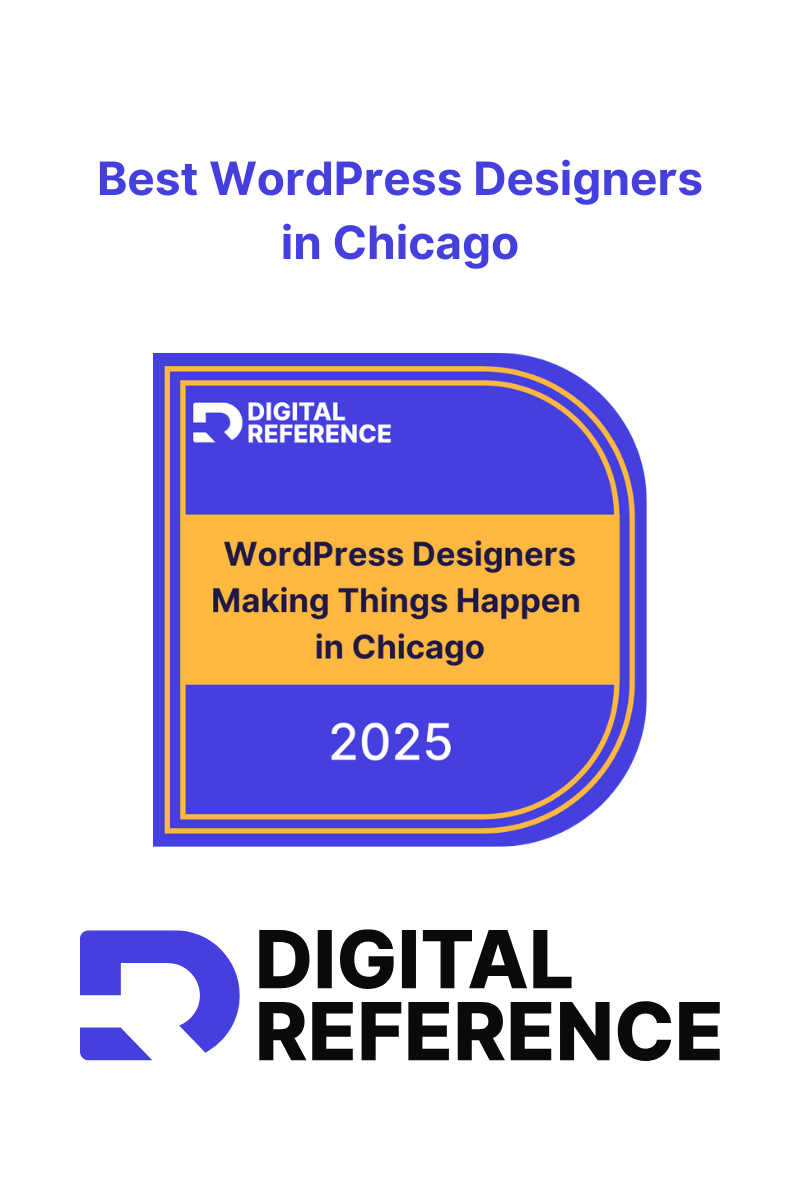






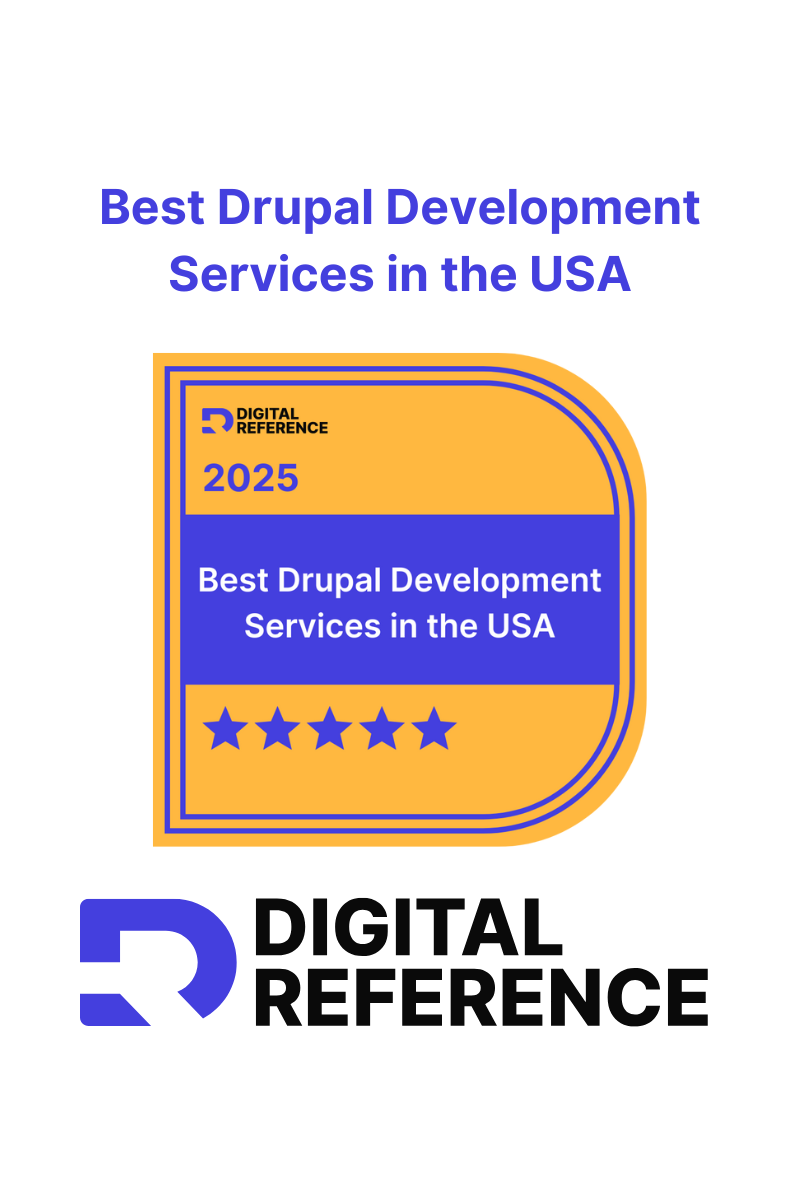
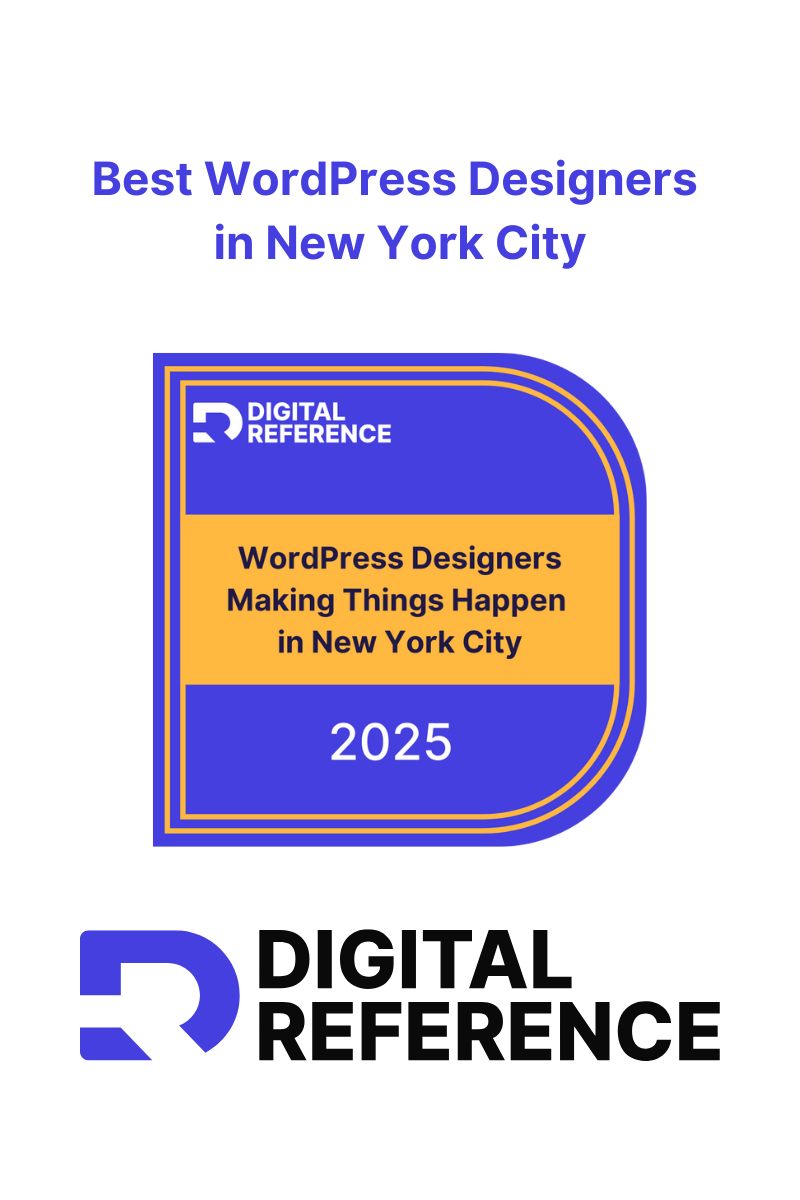


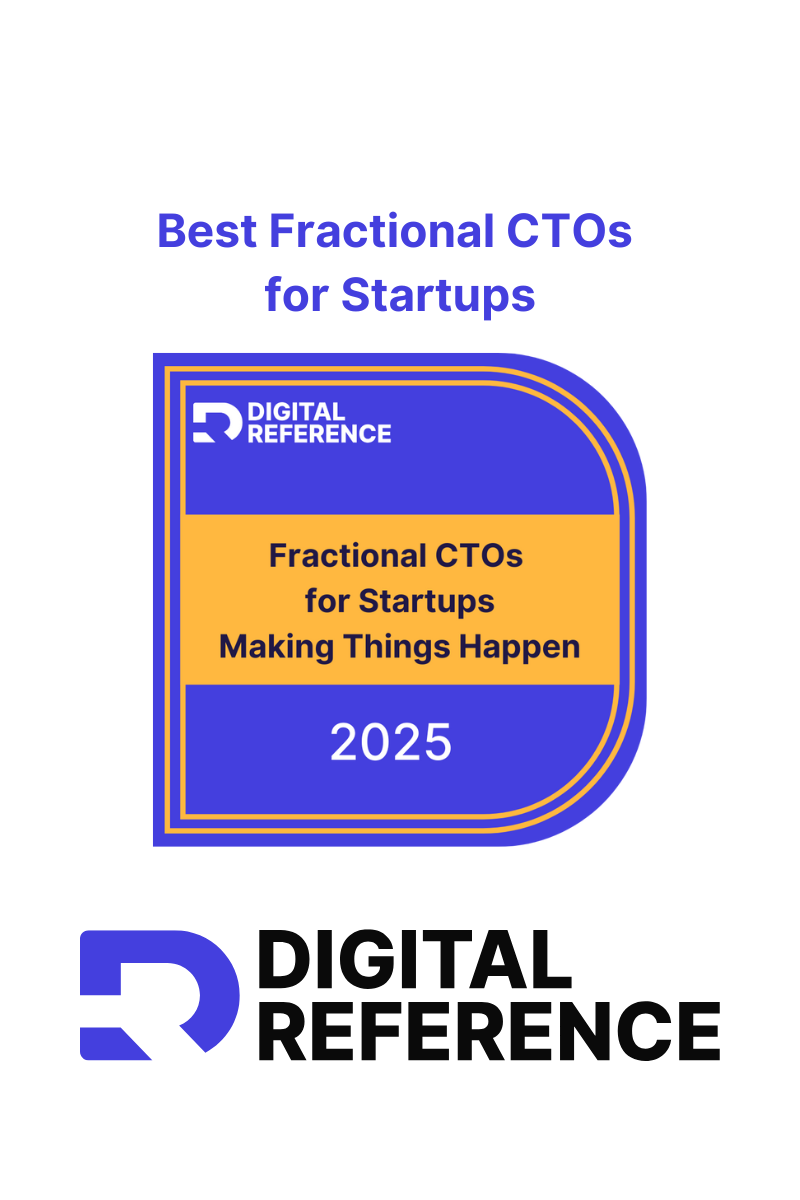
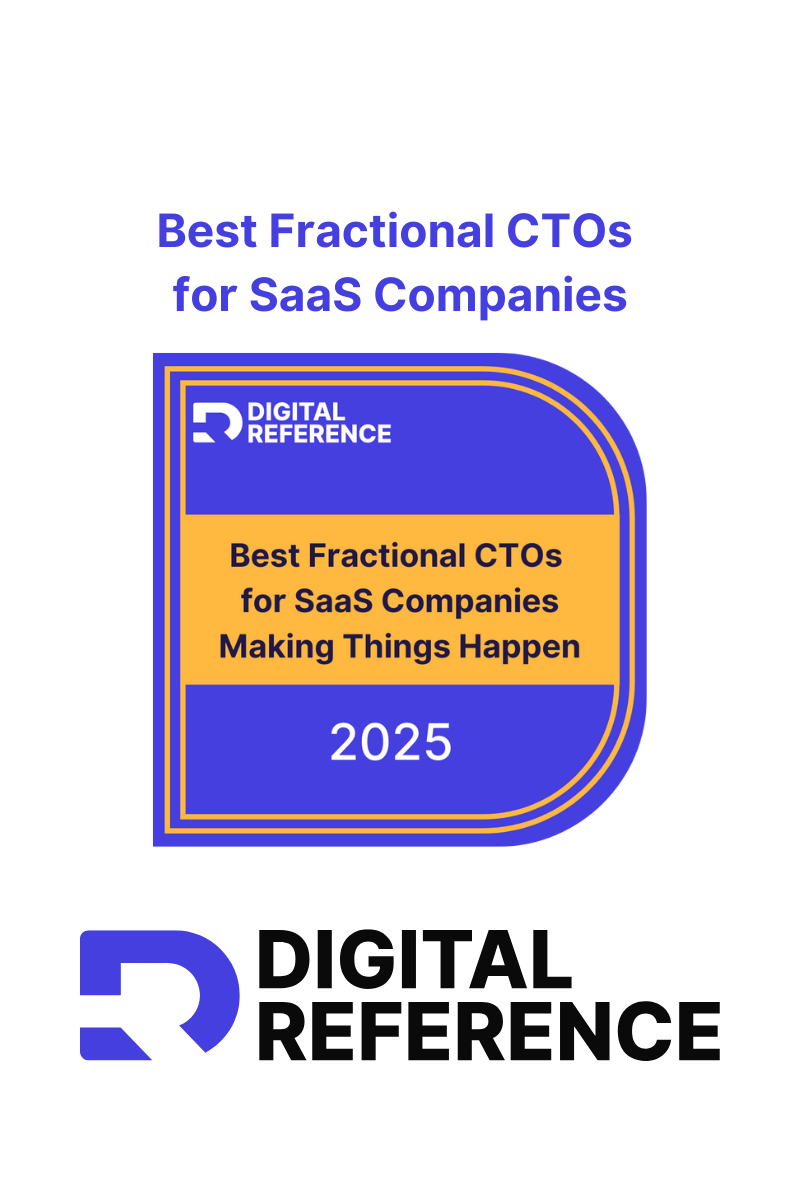
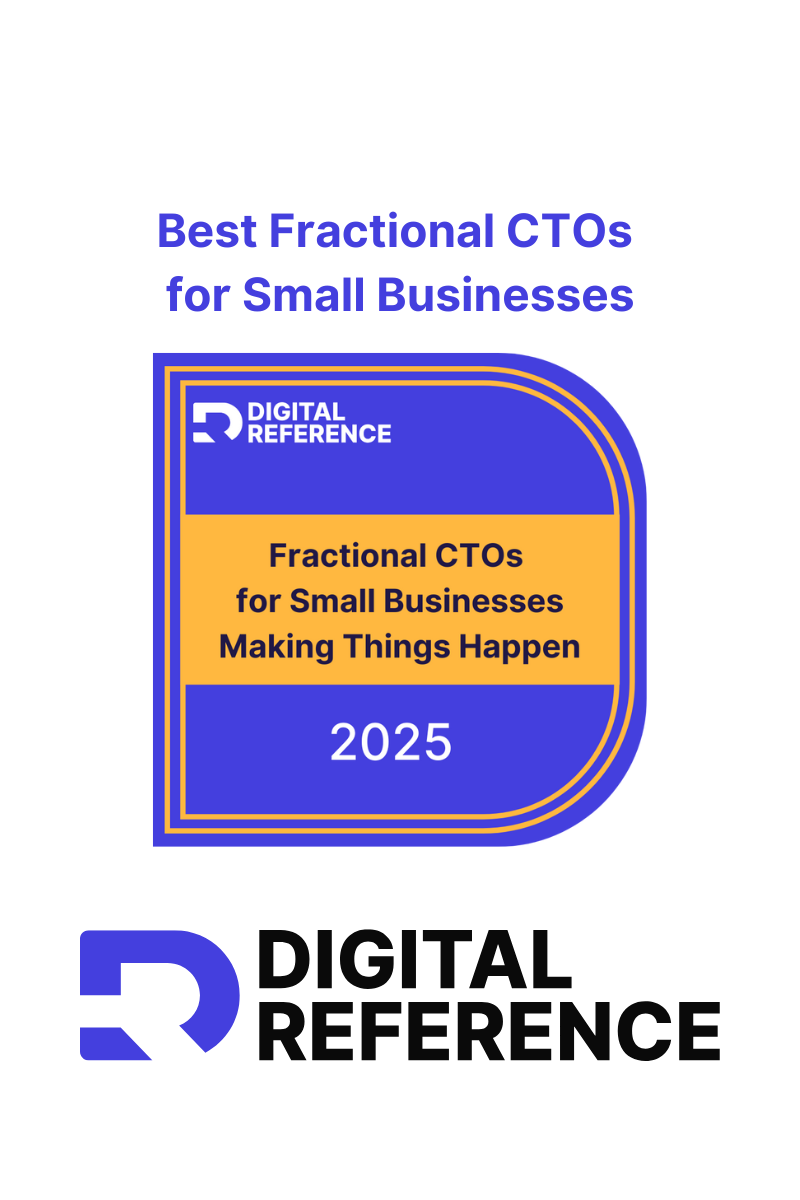




.png)
